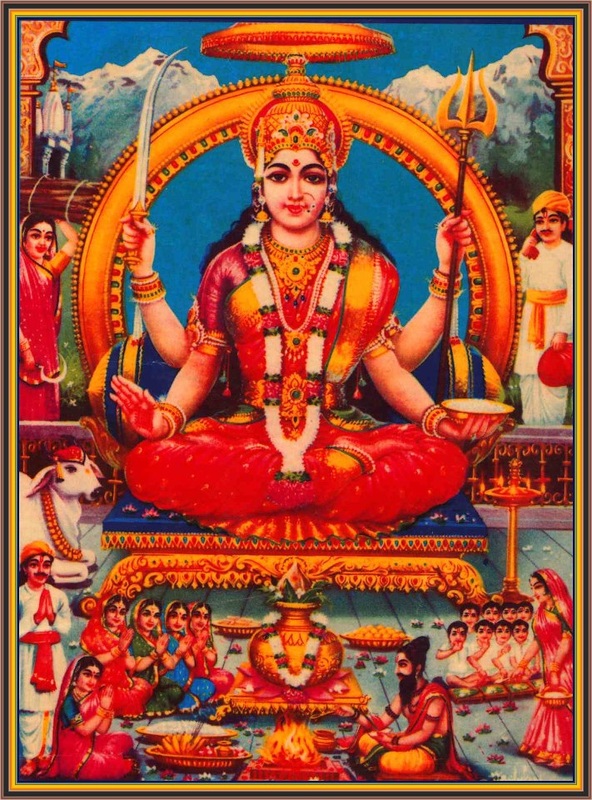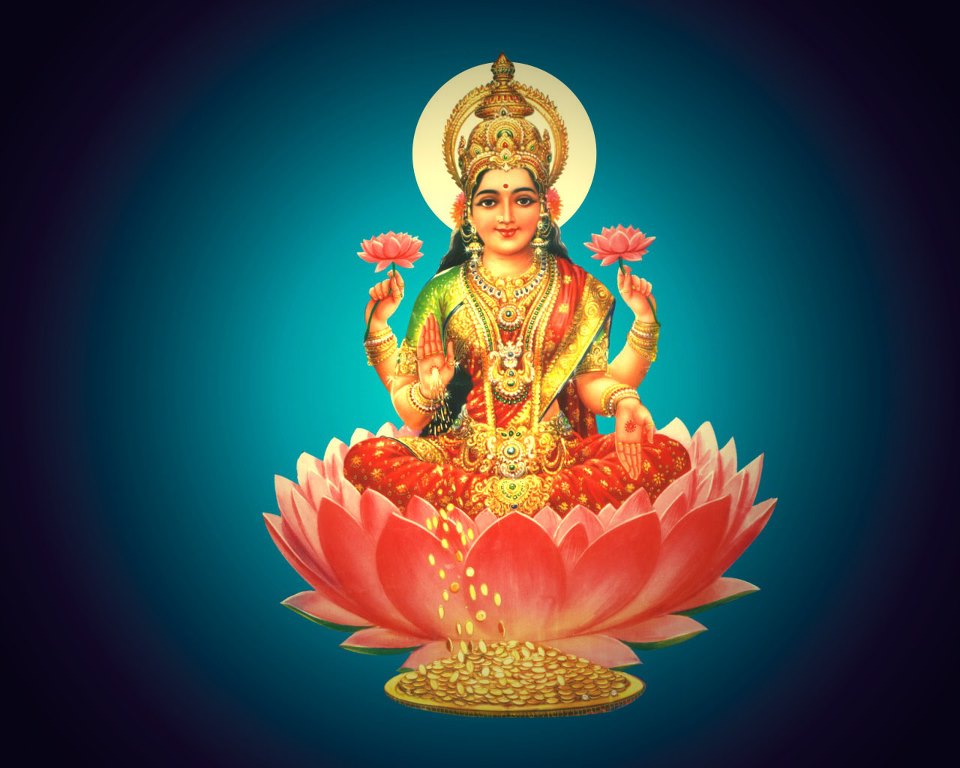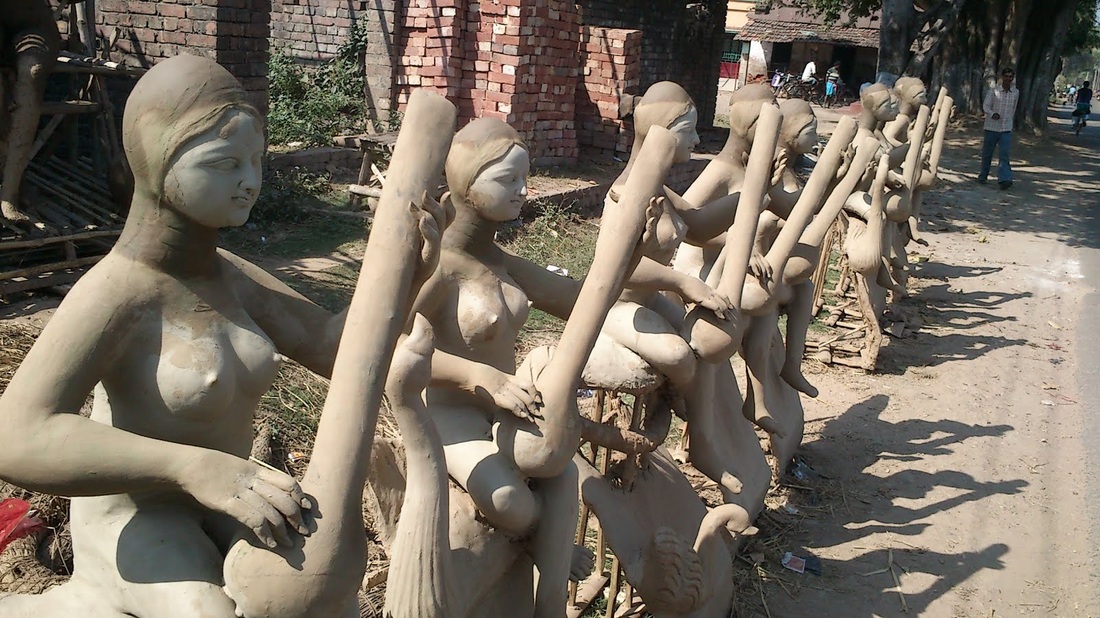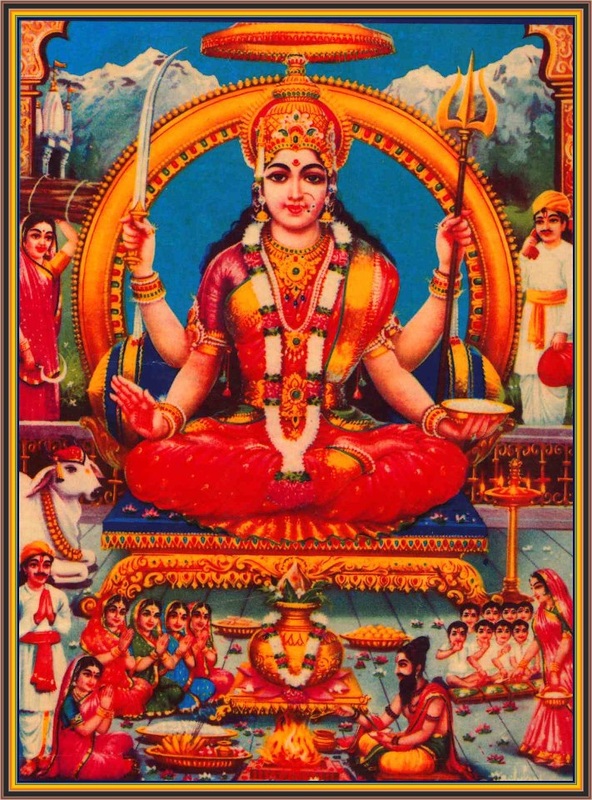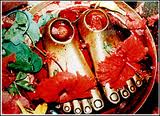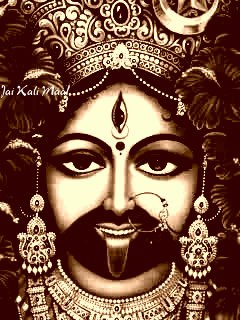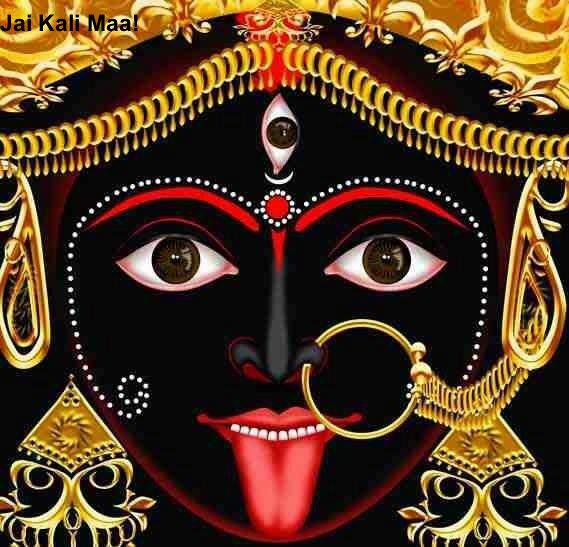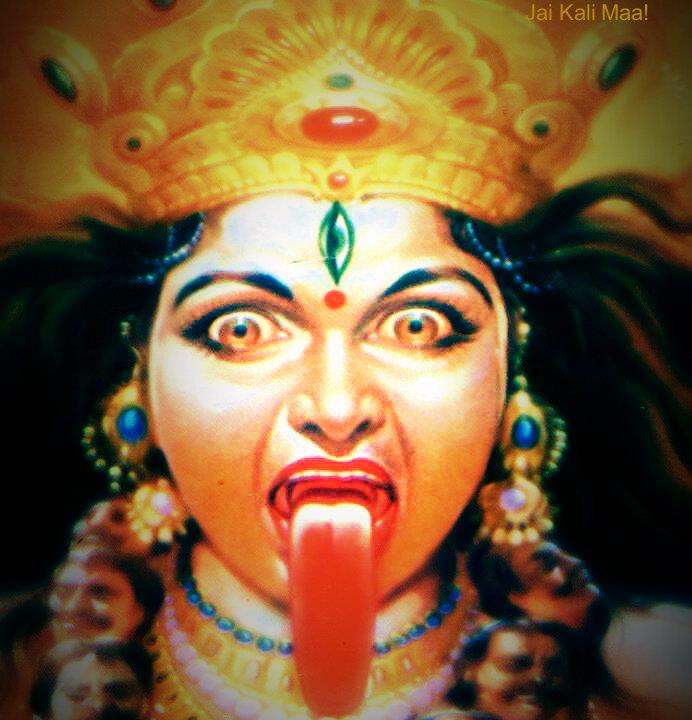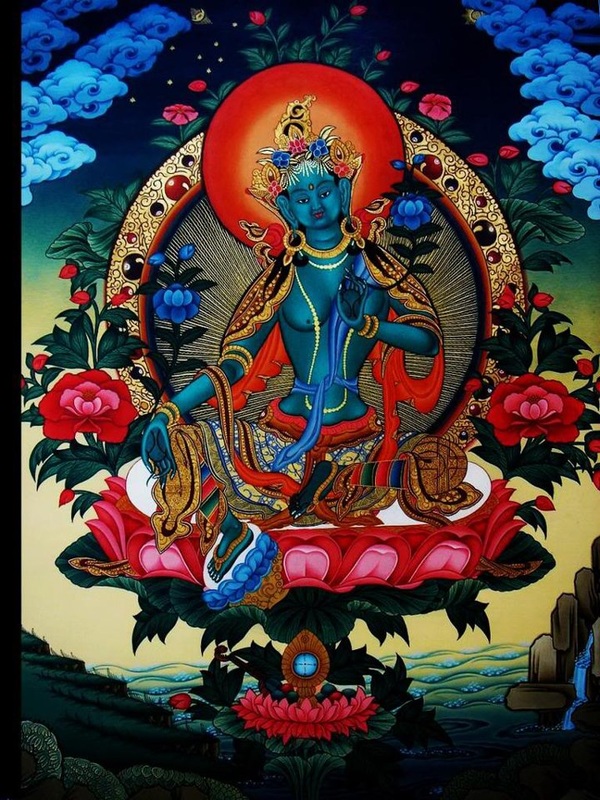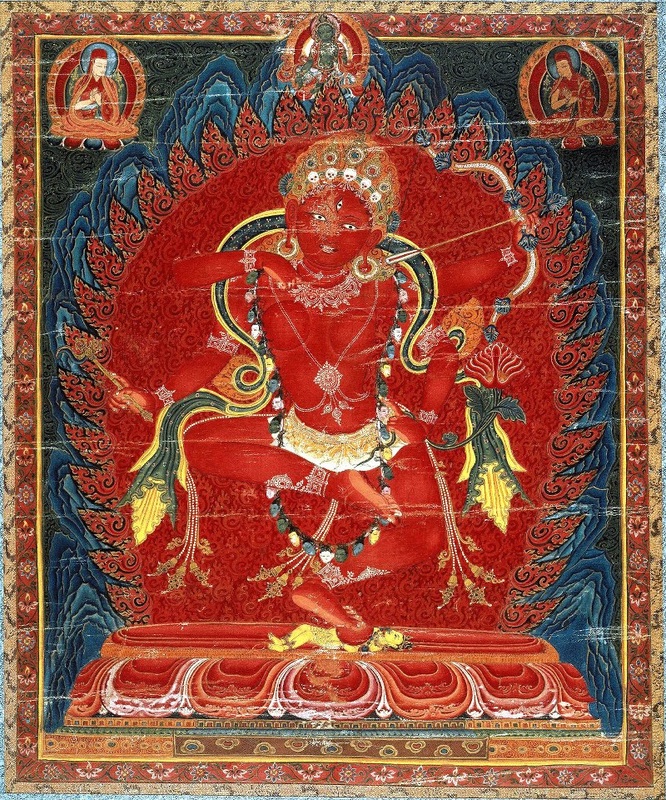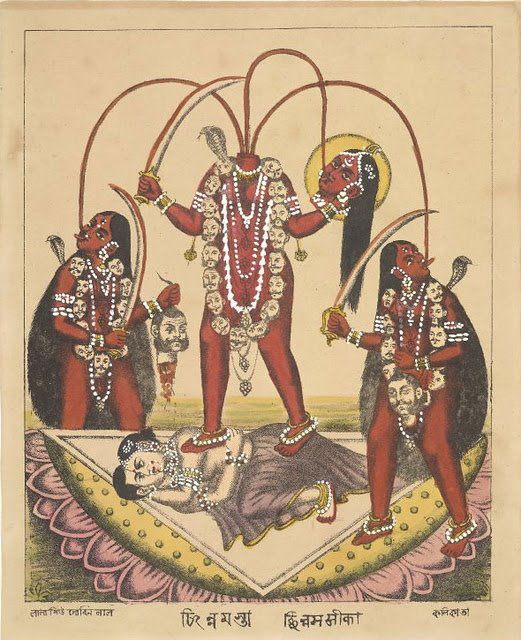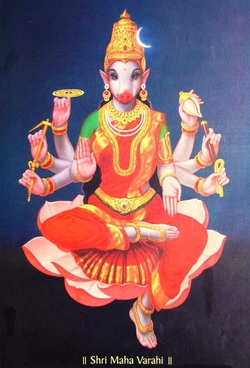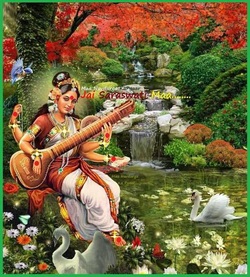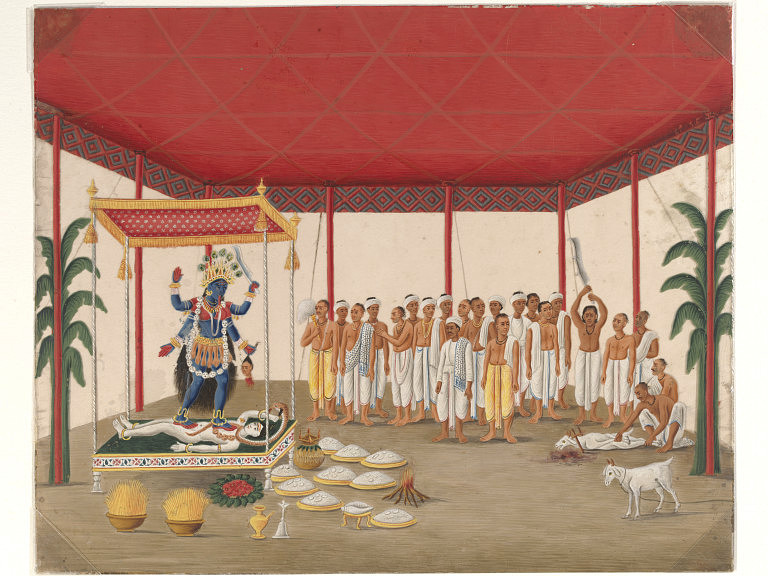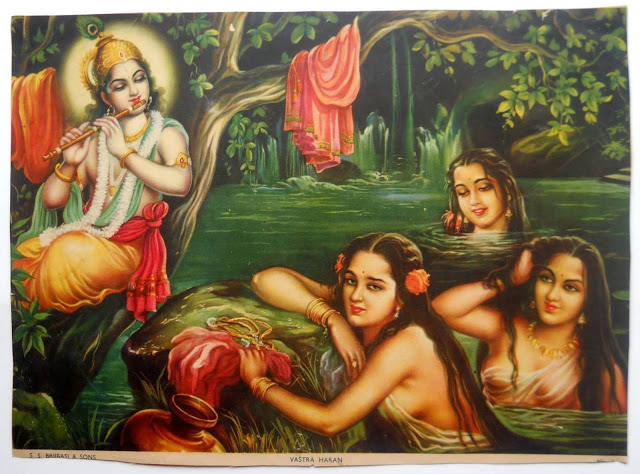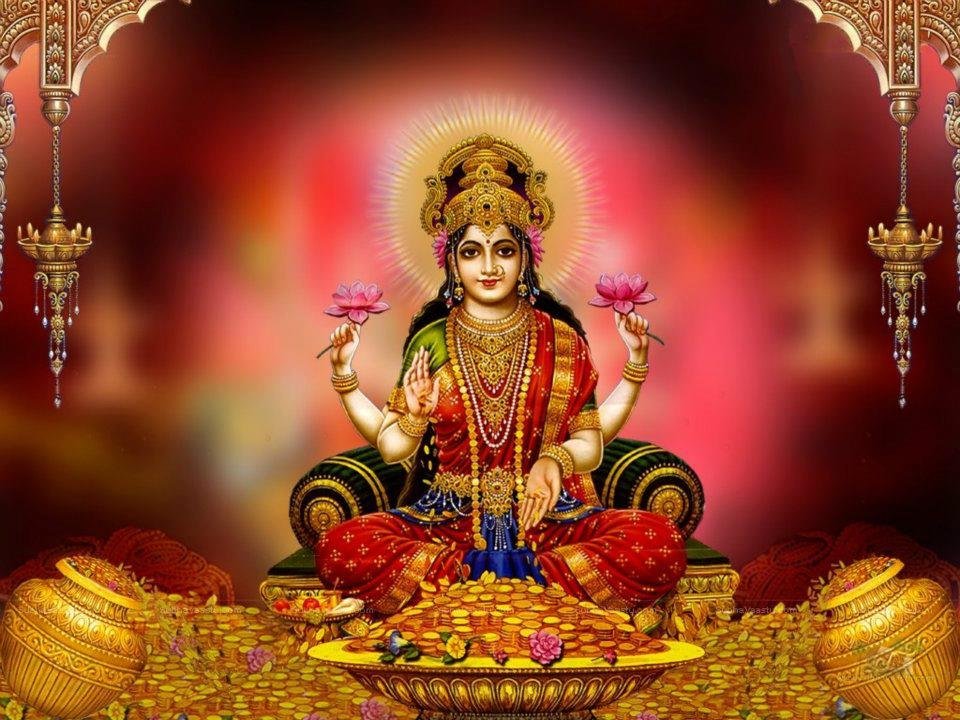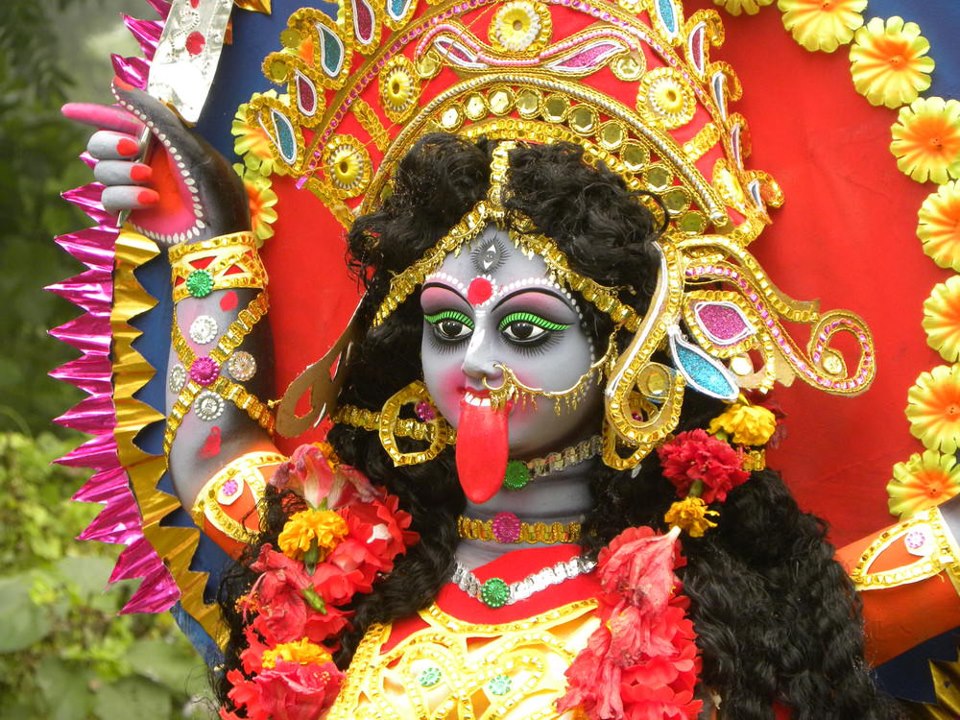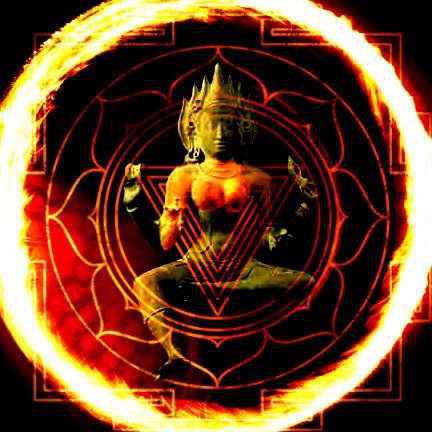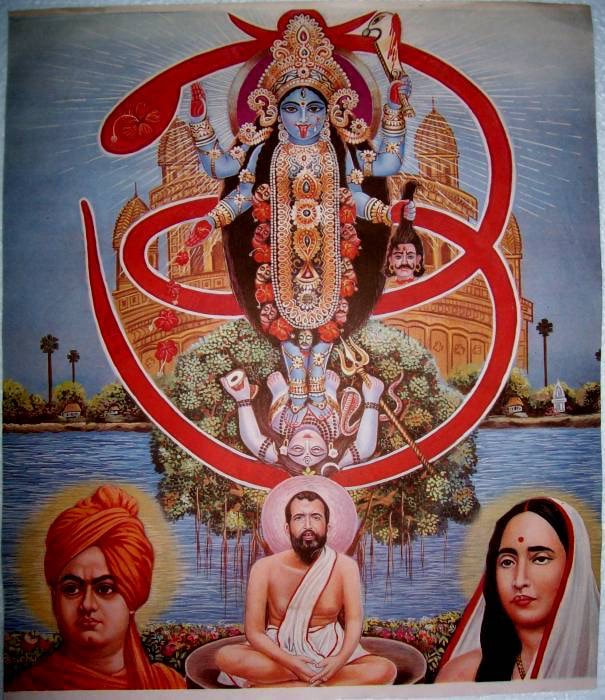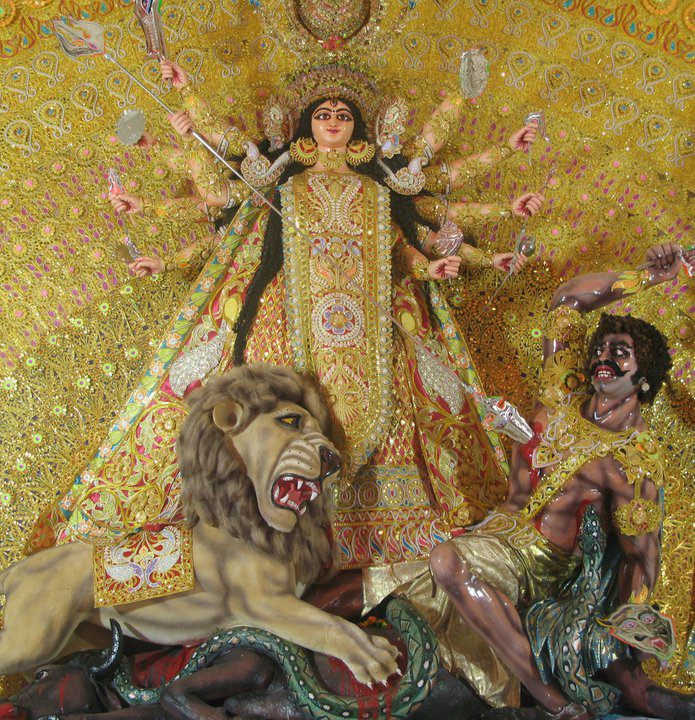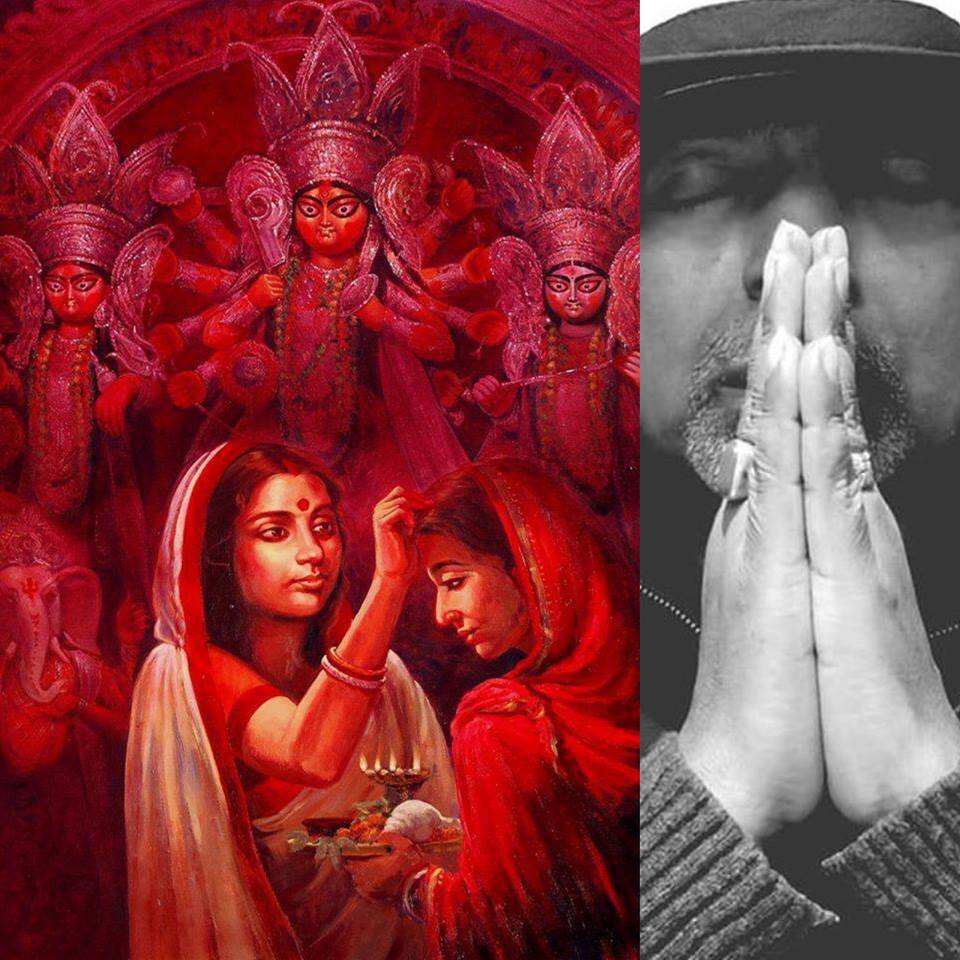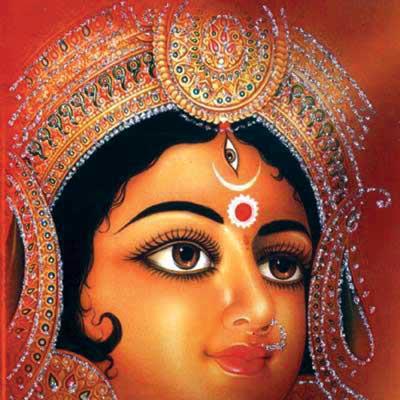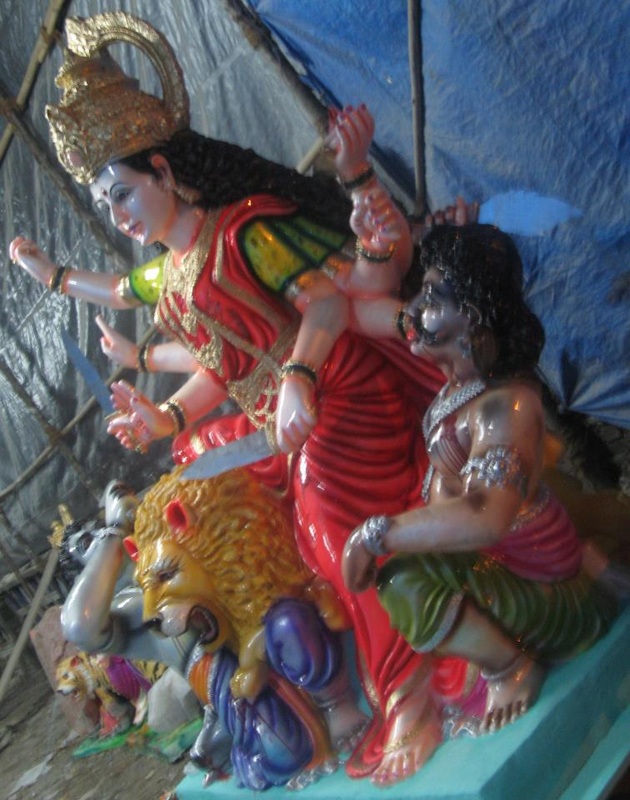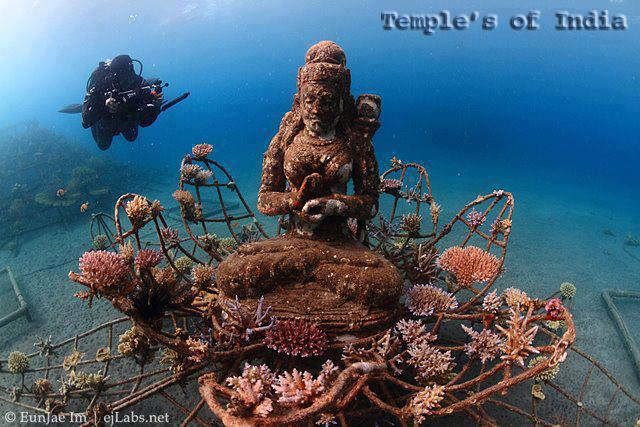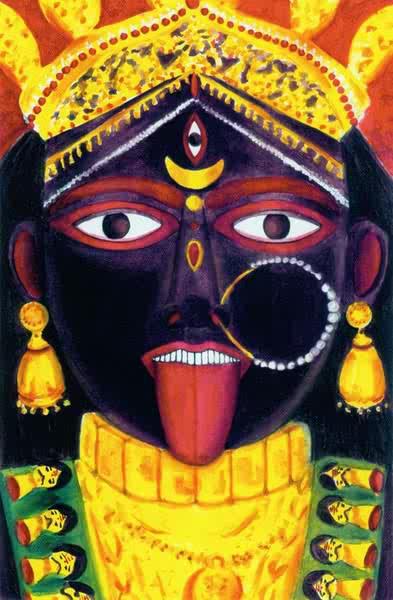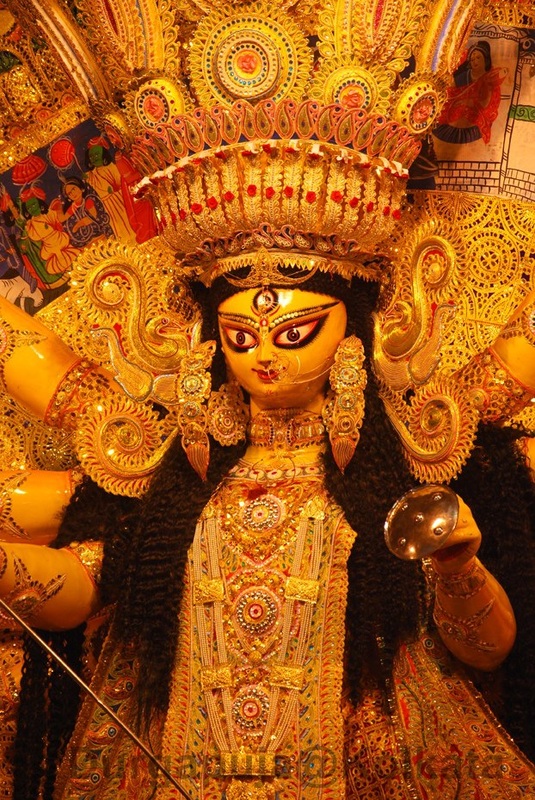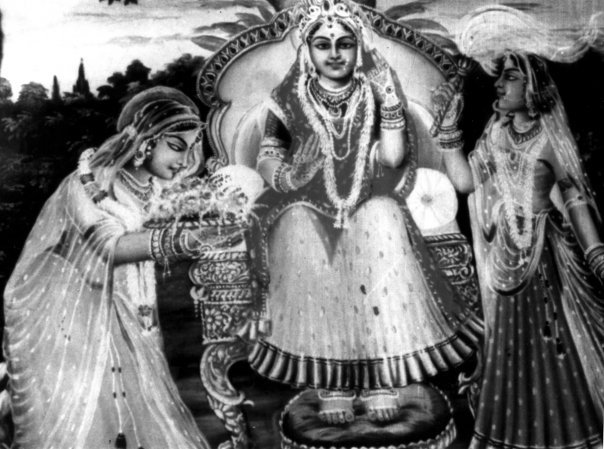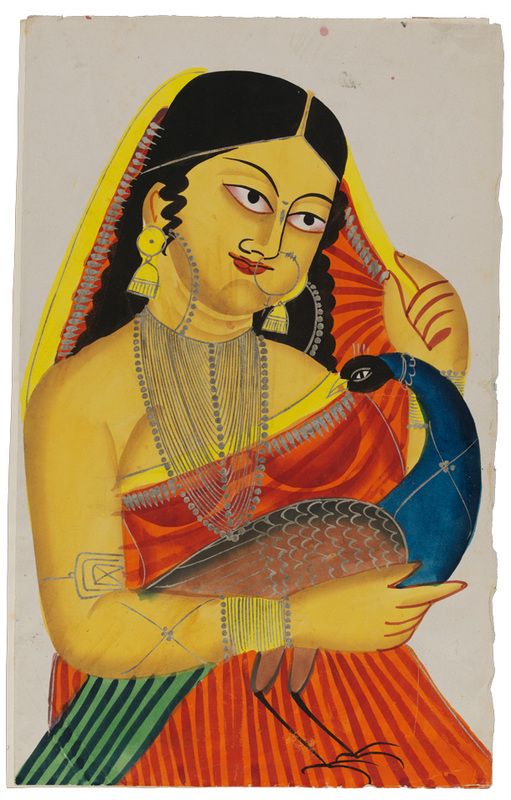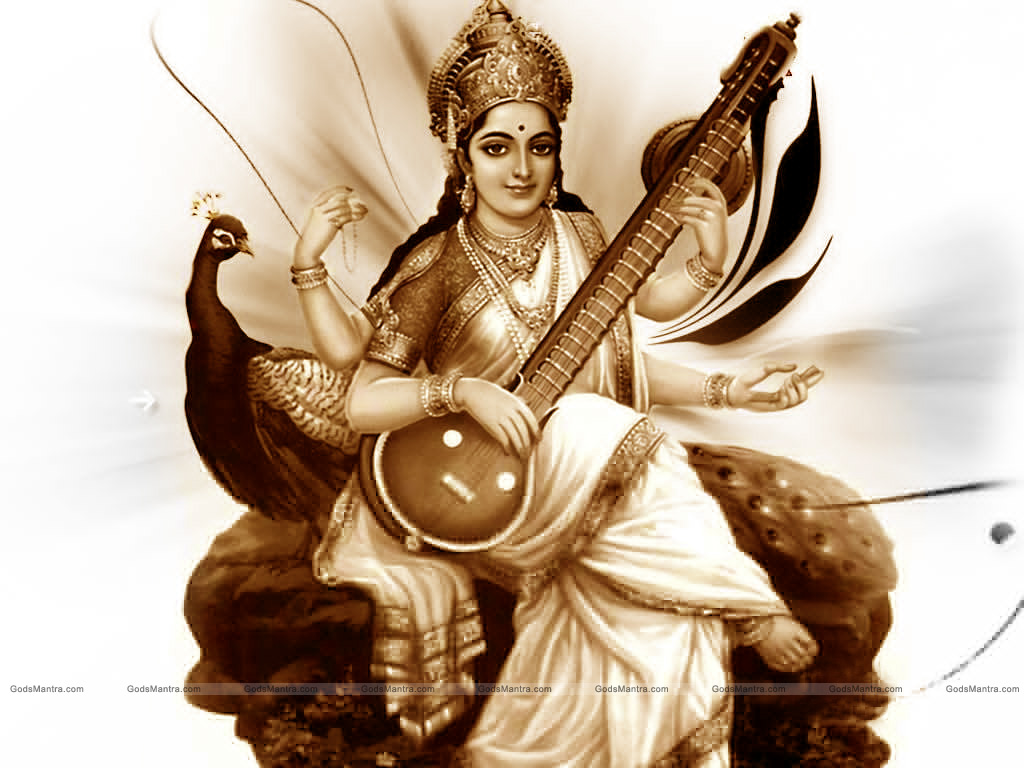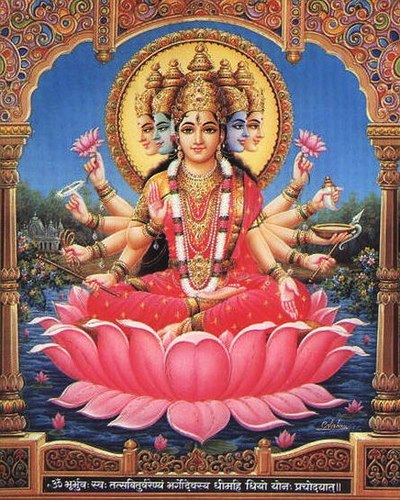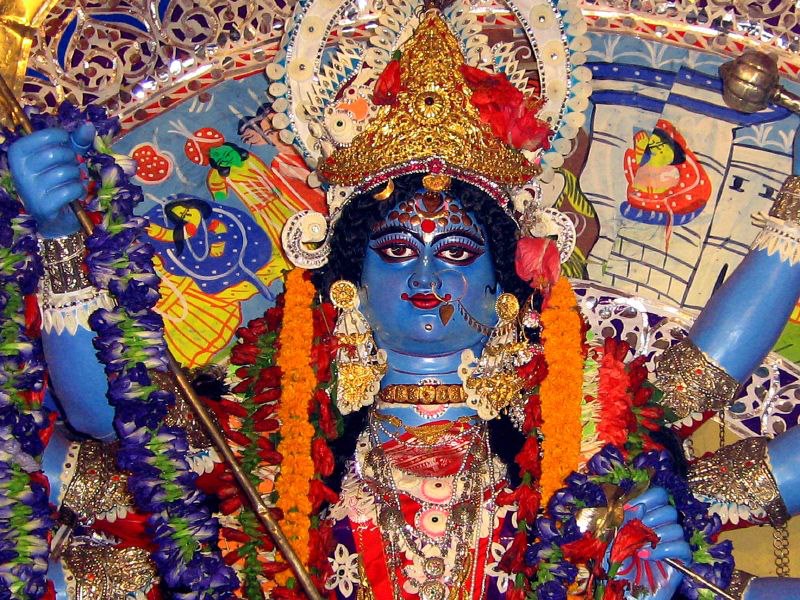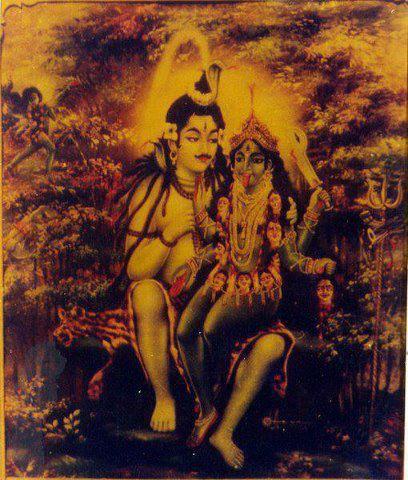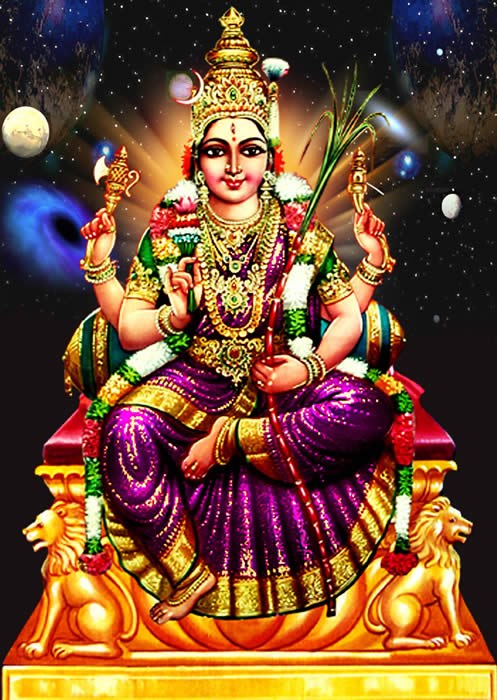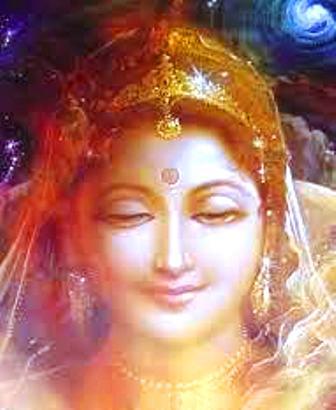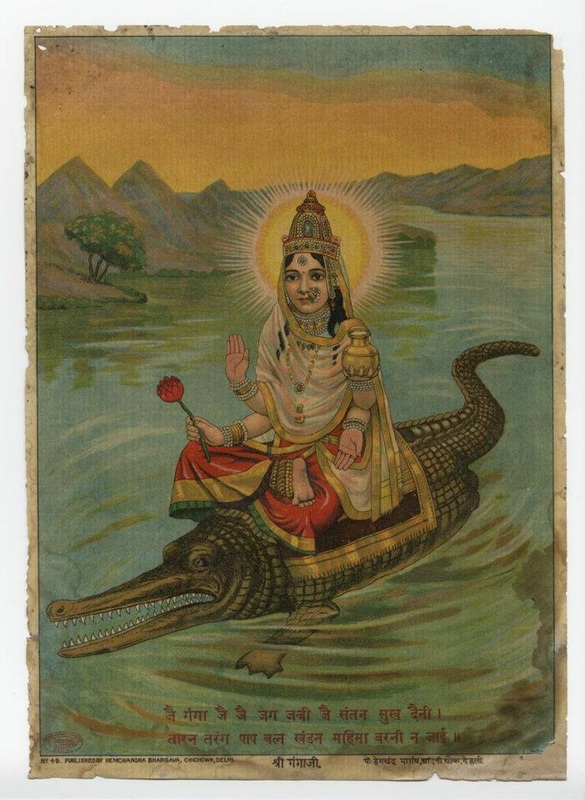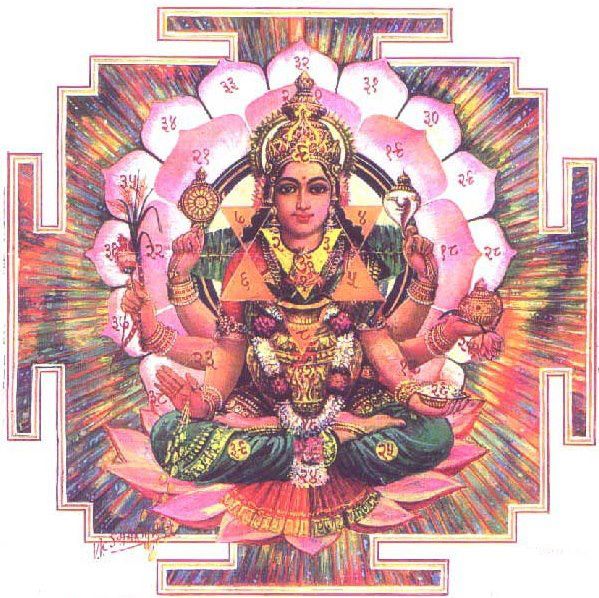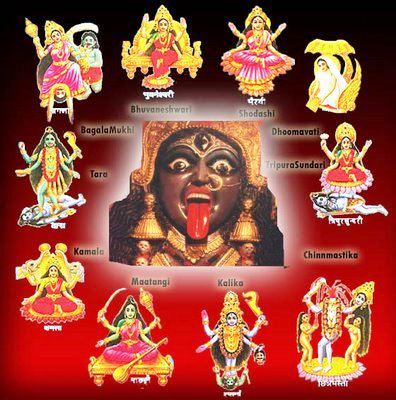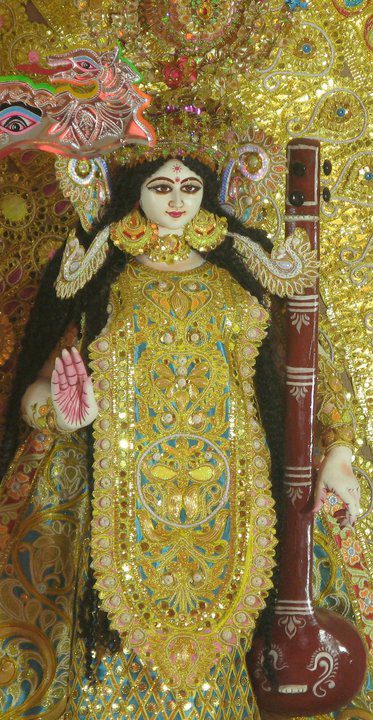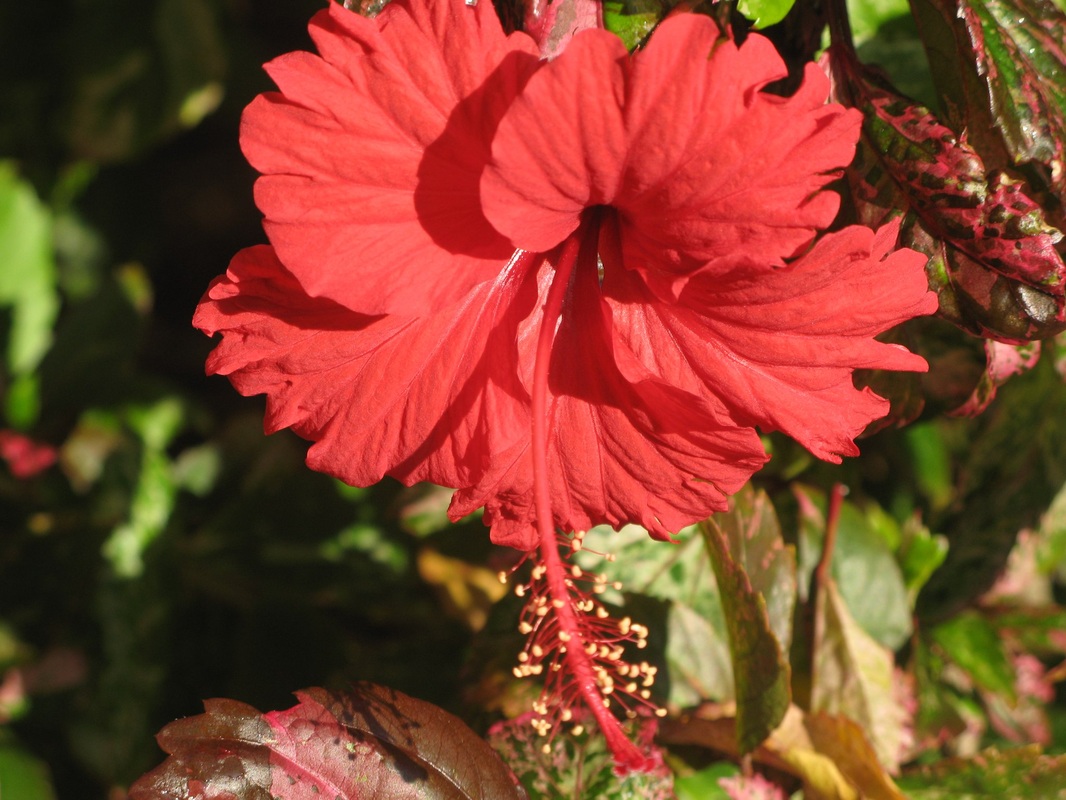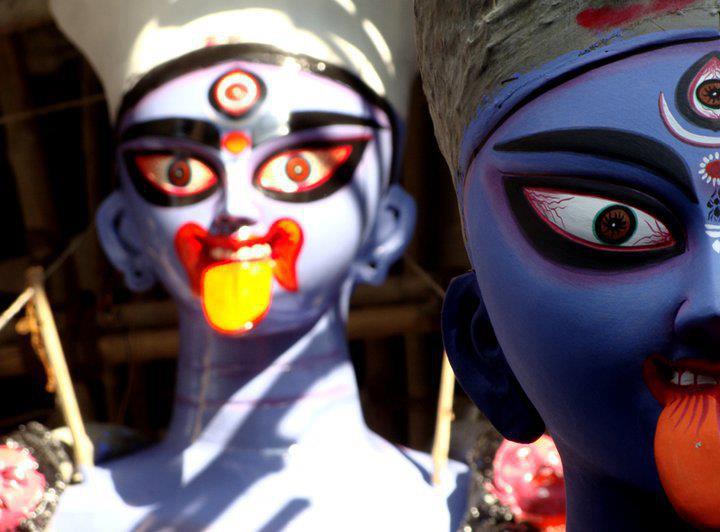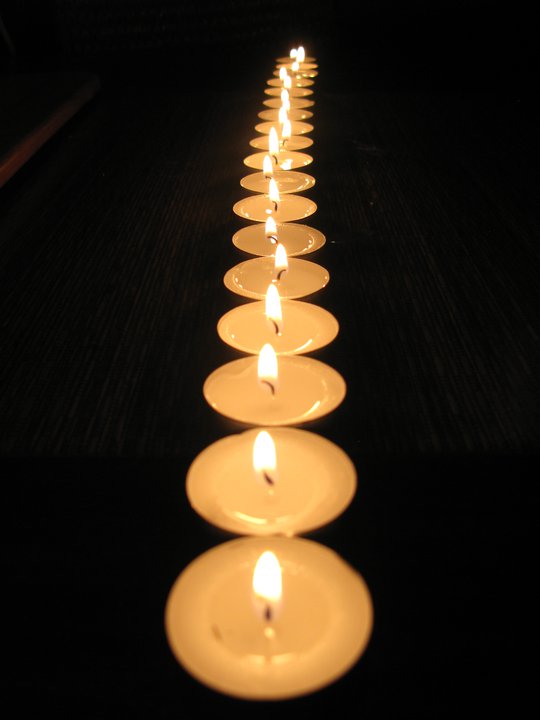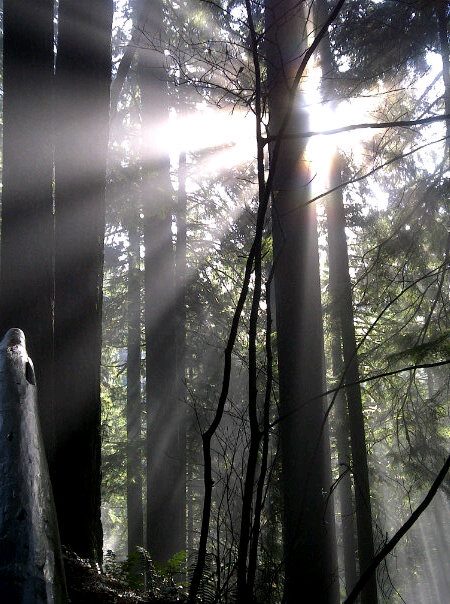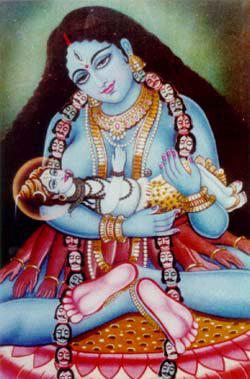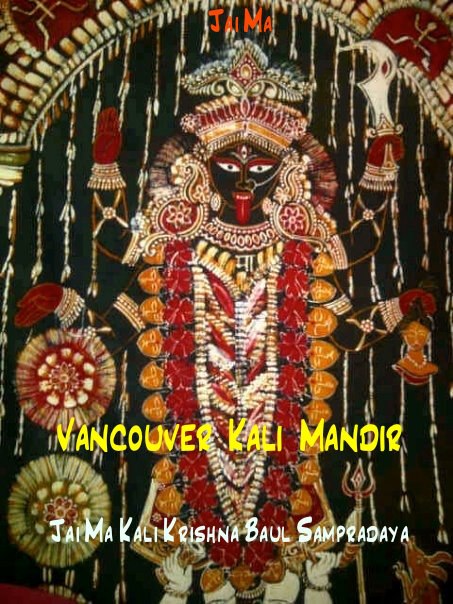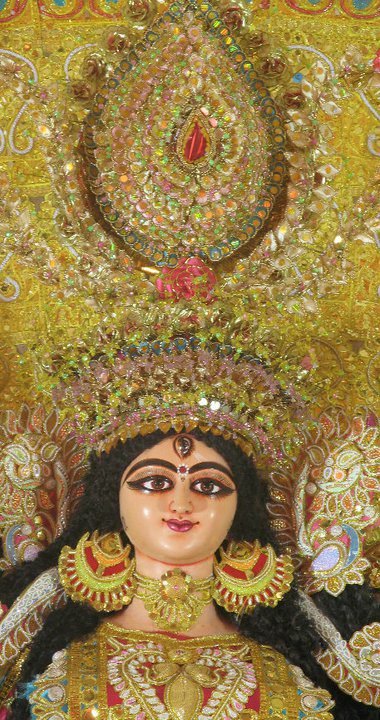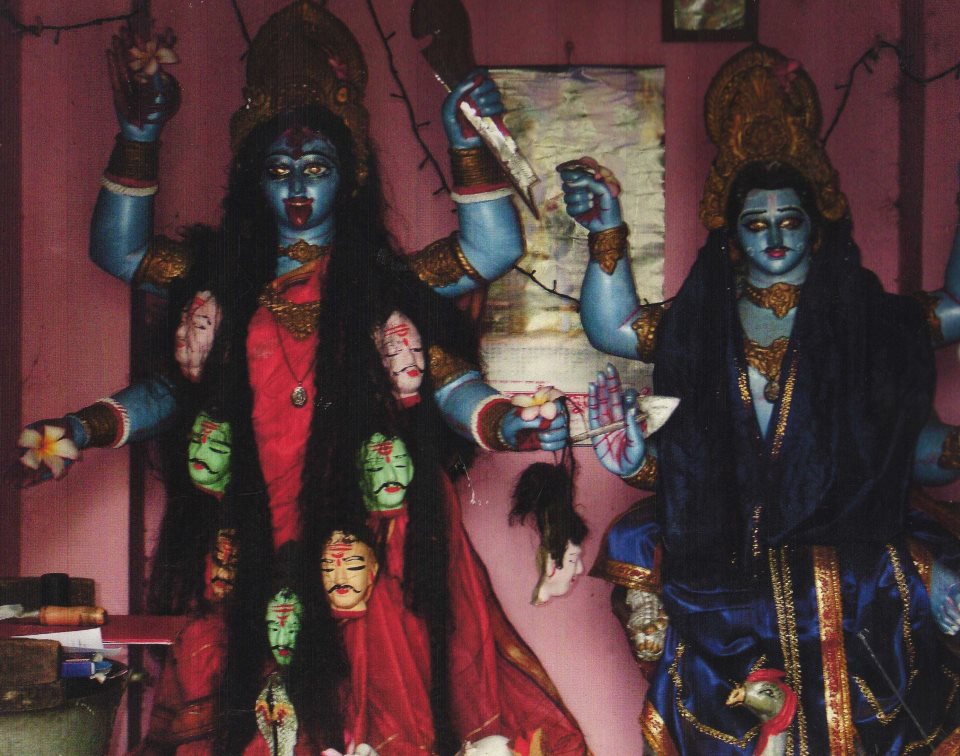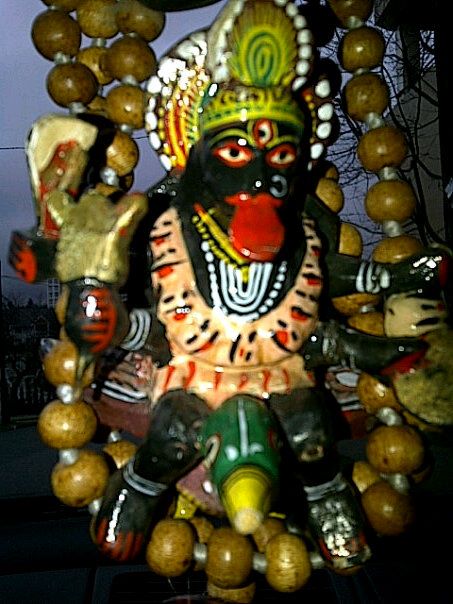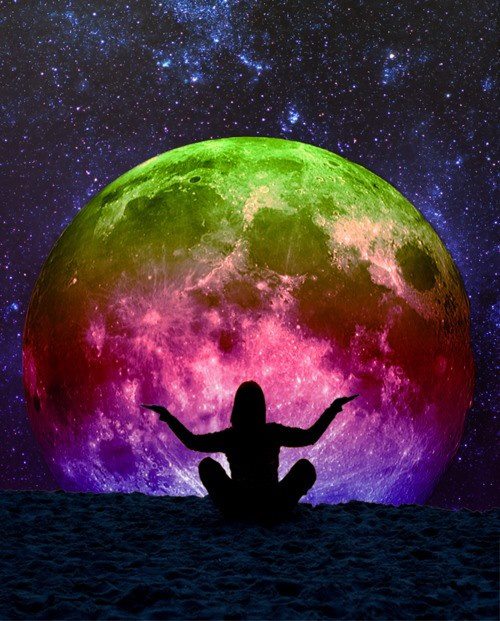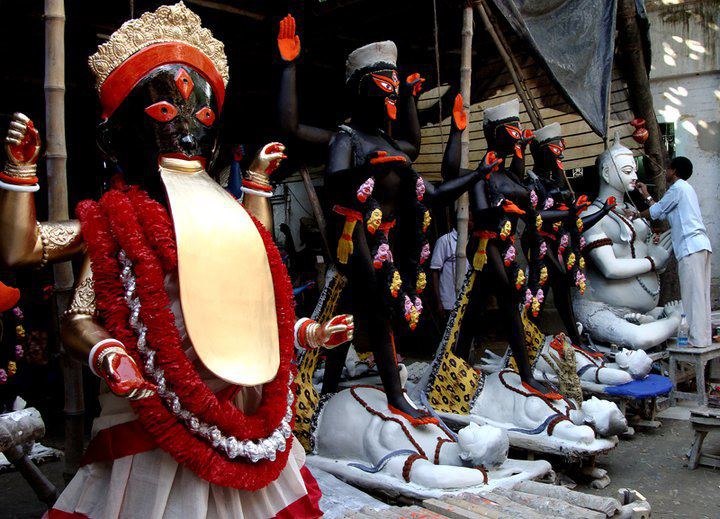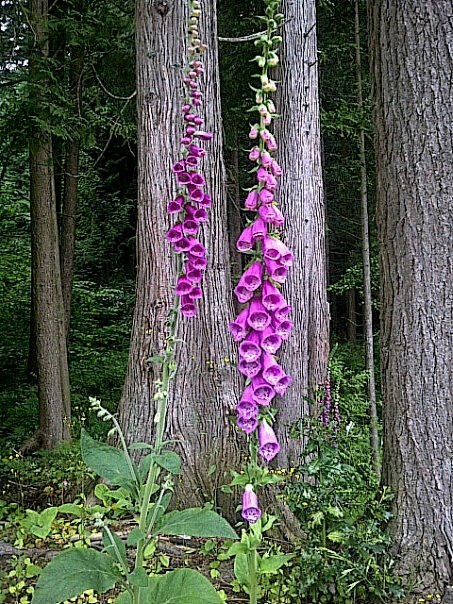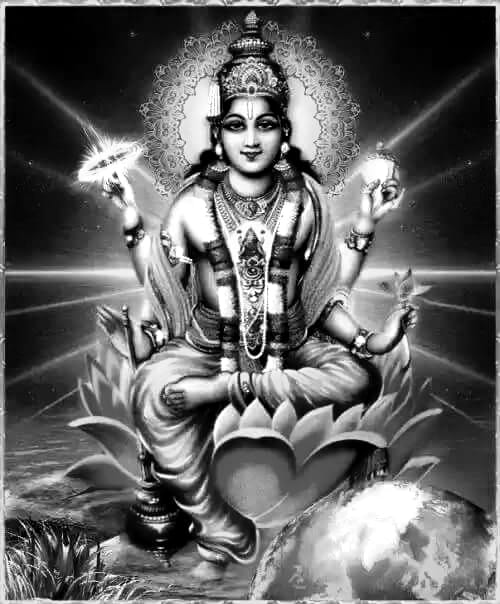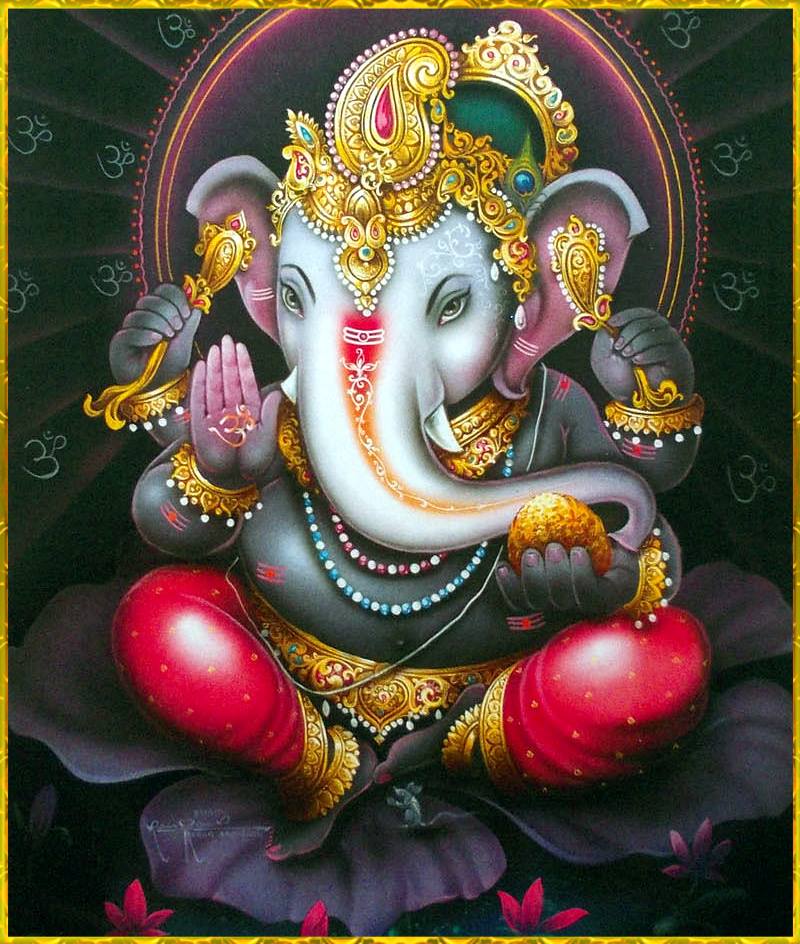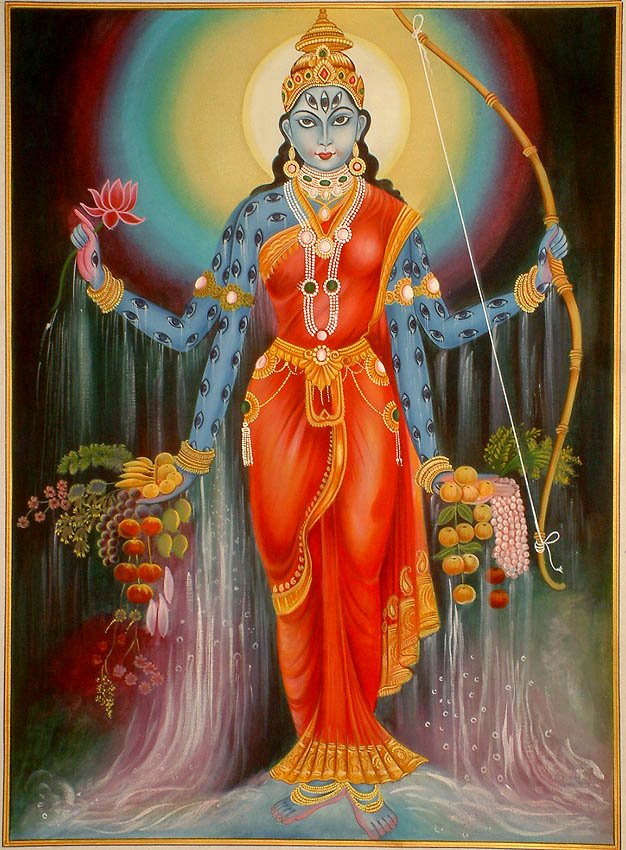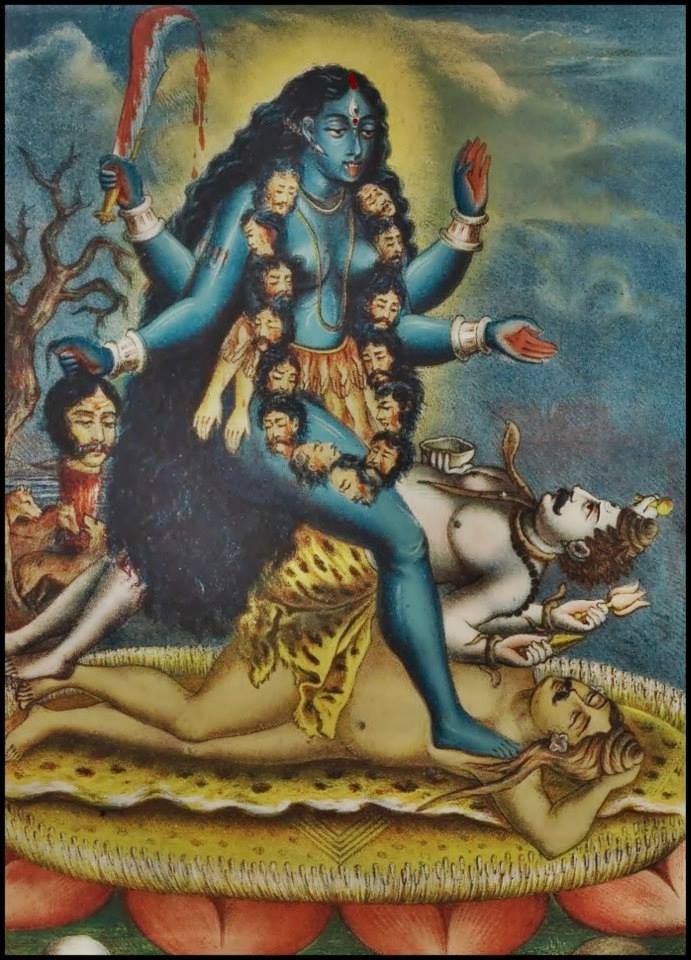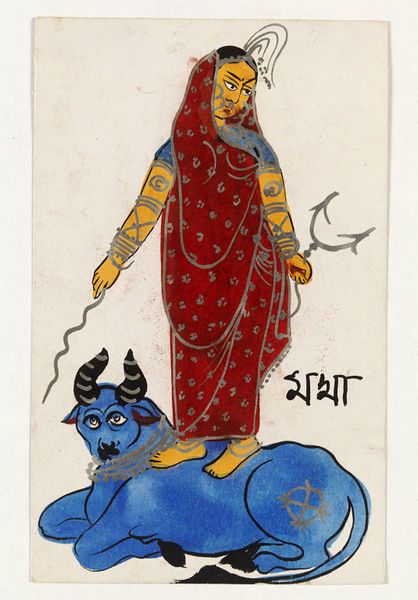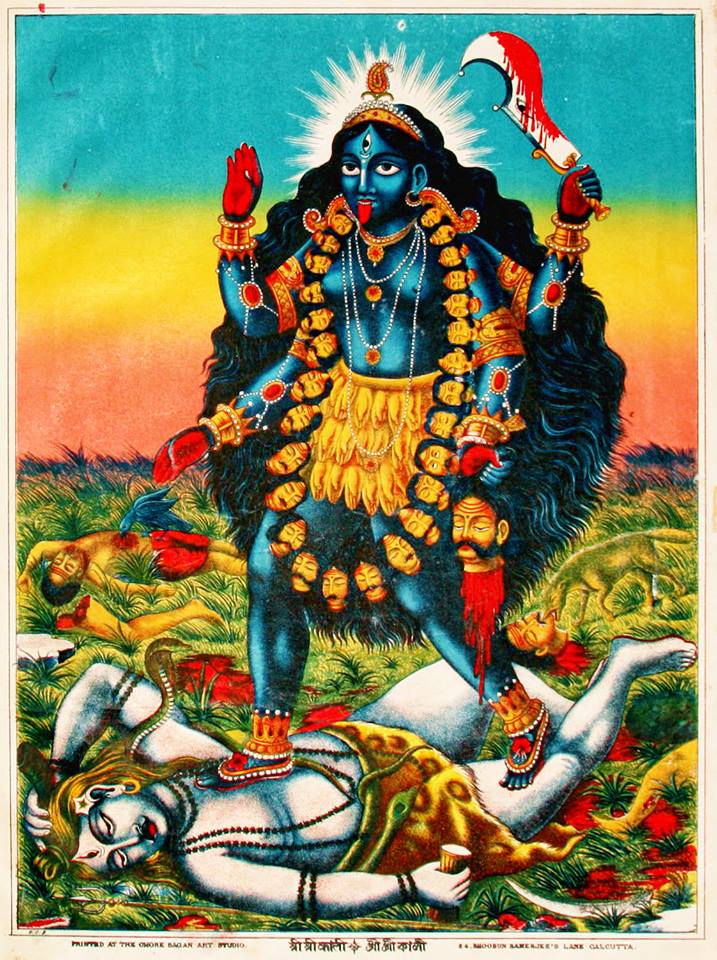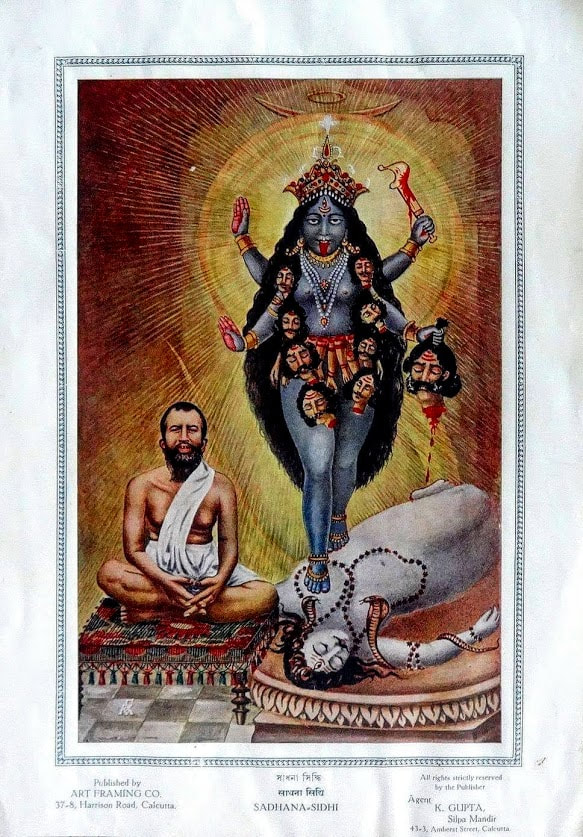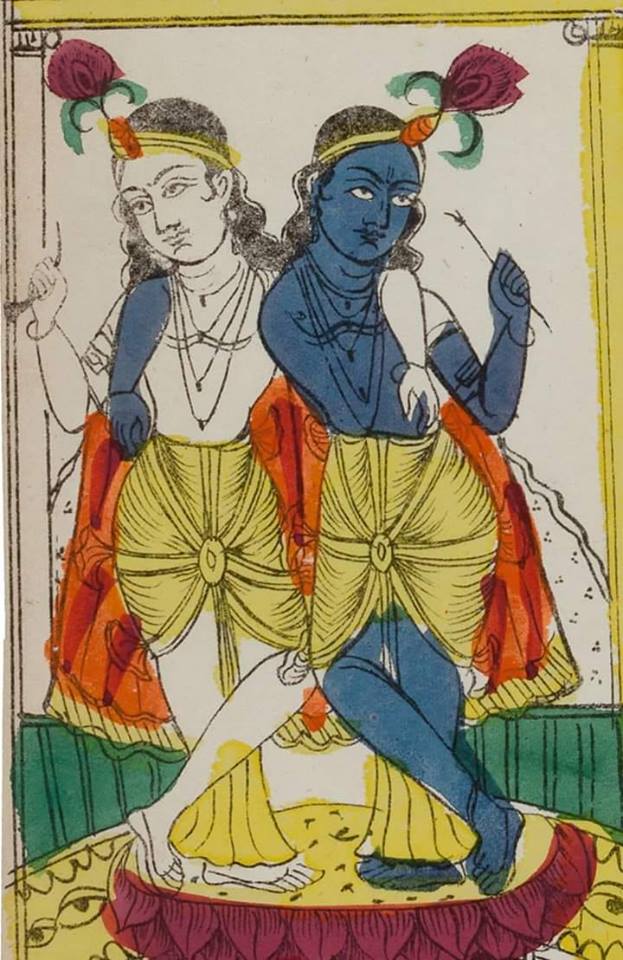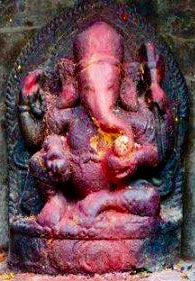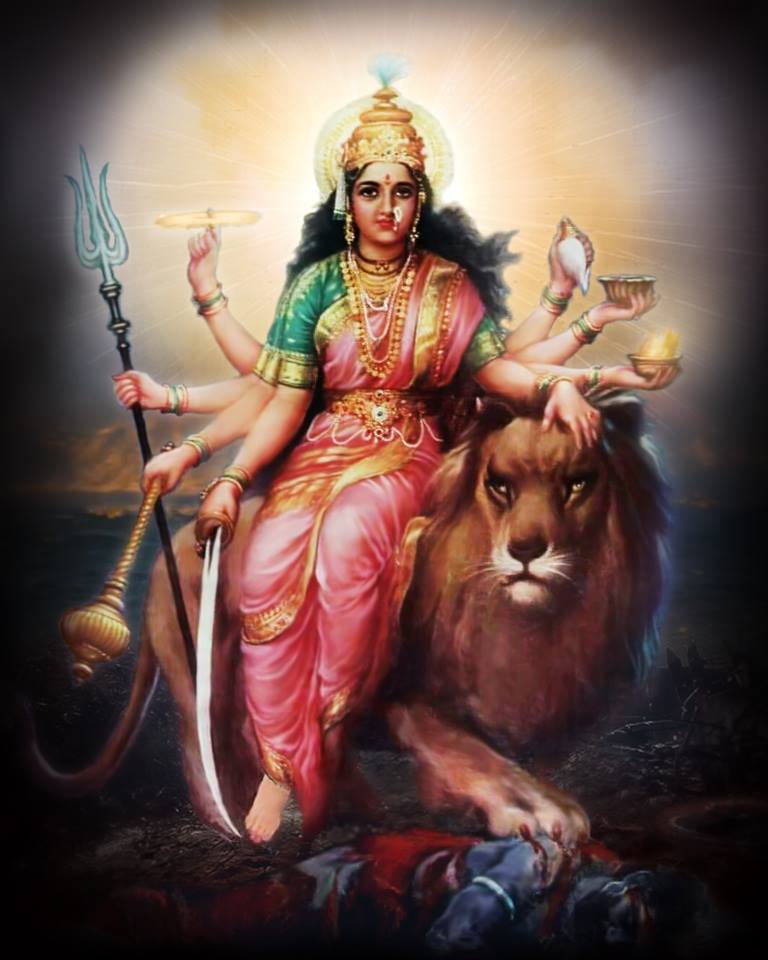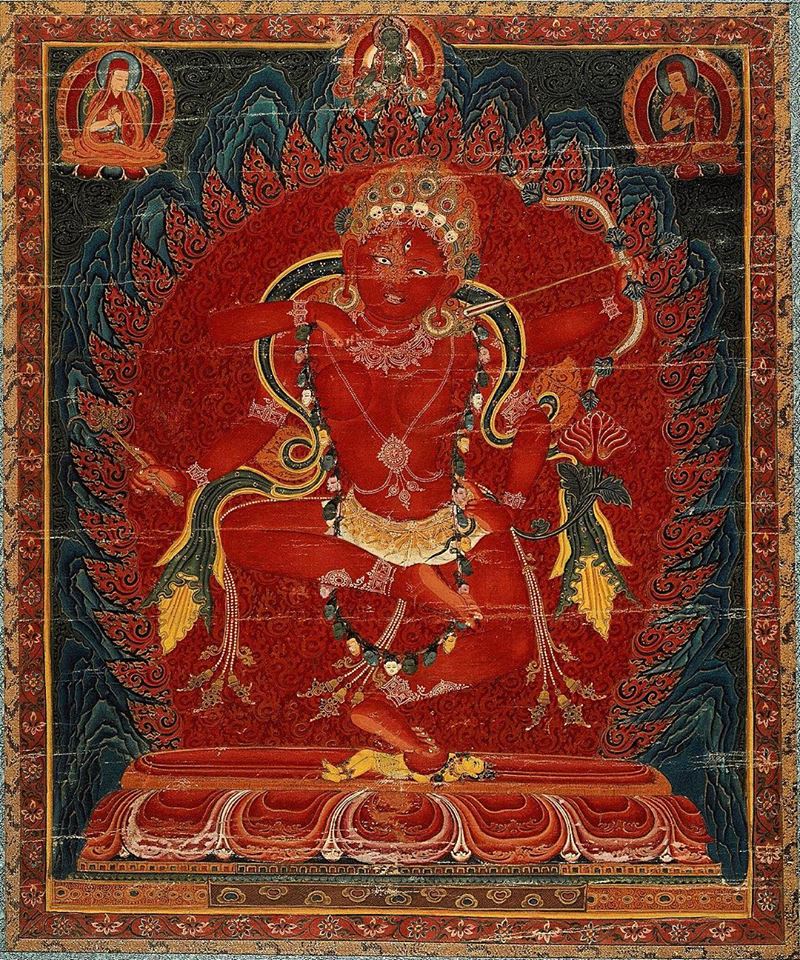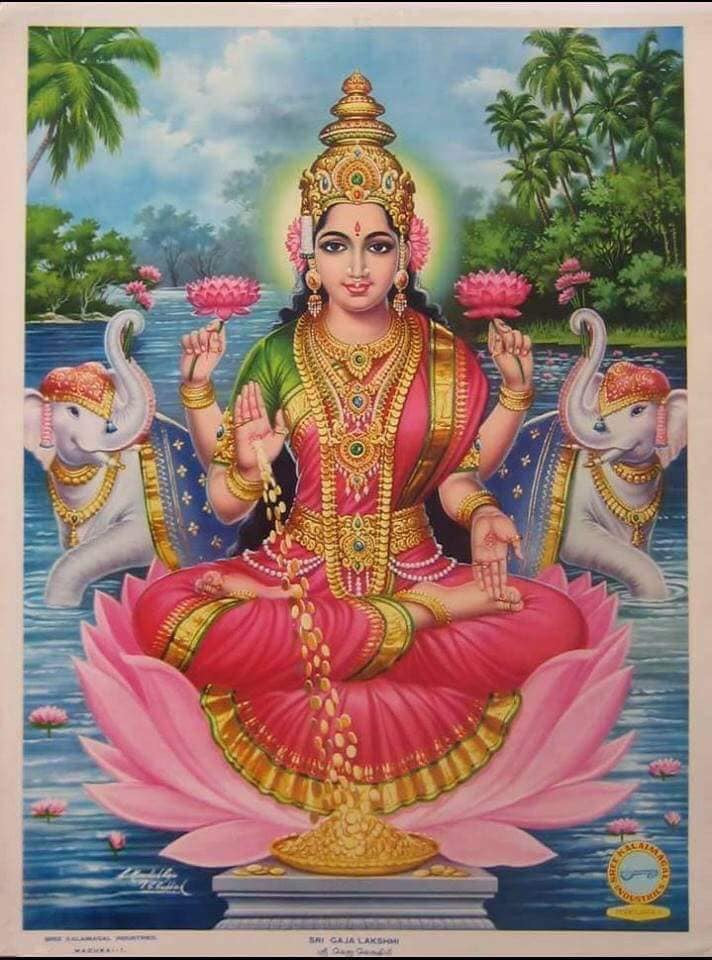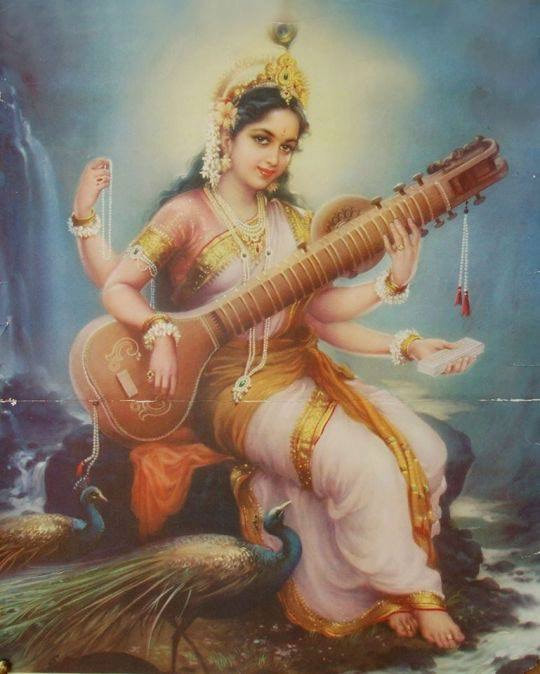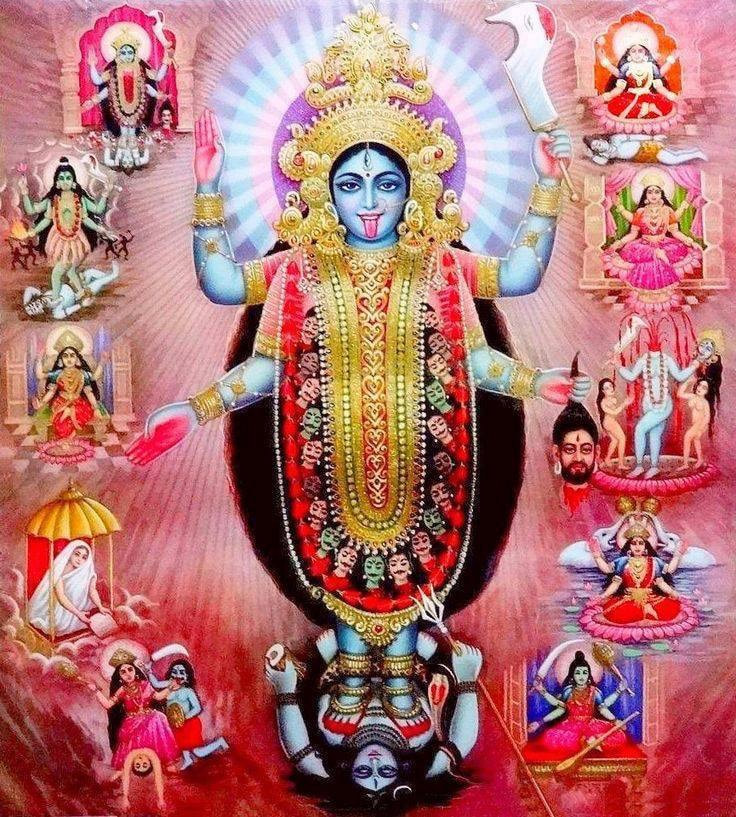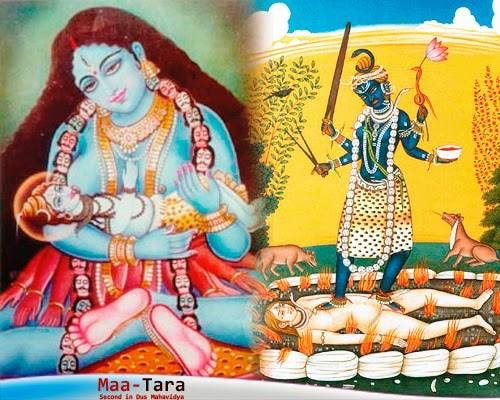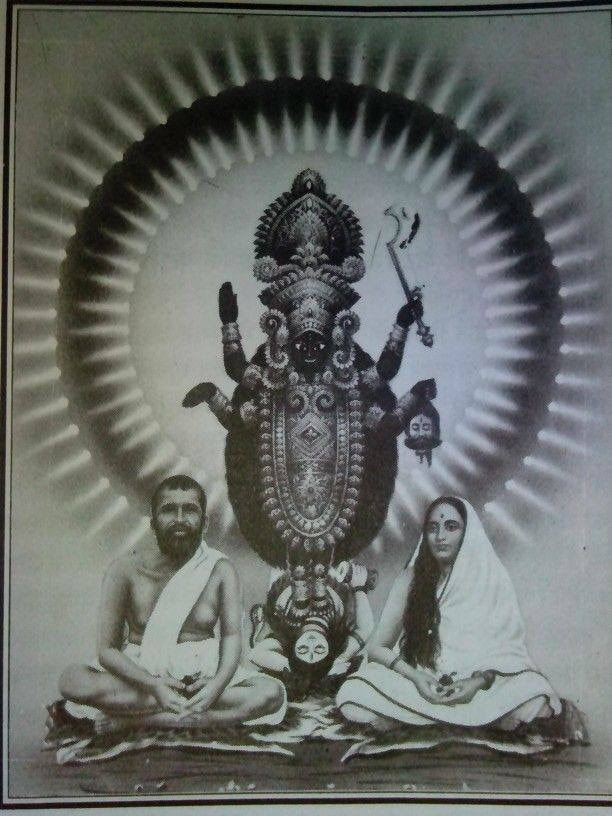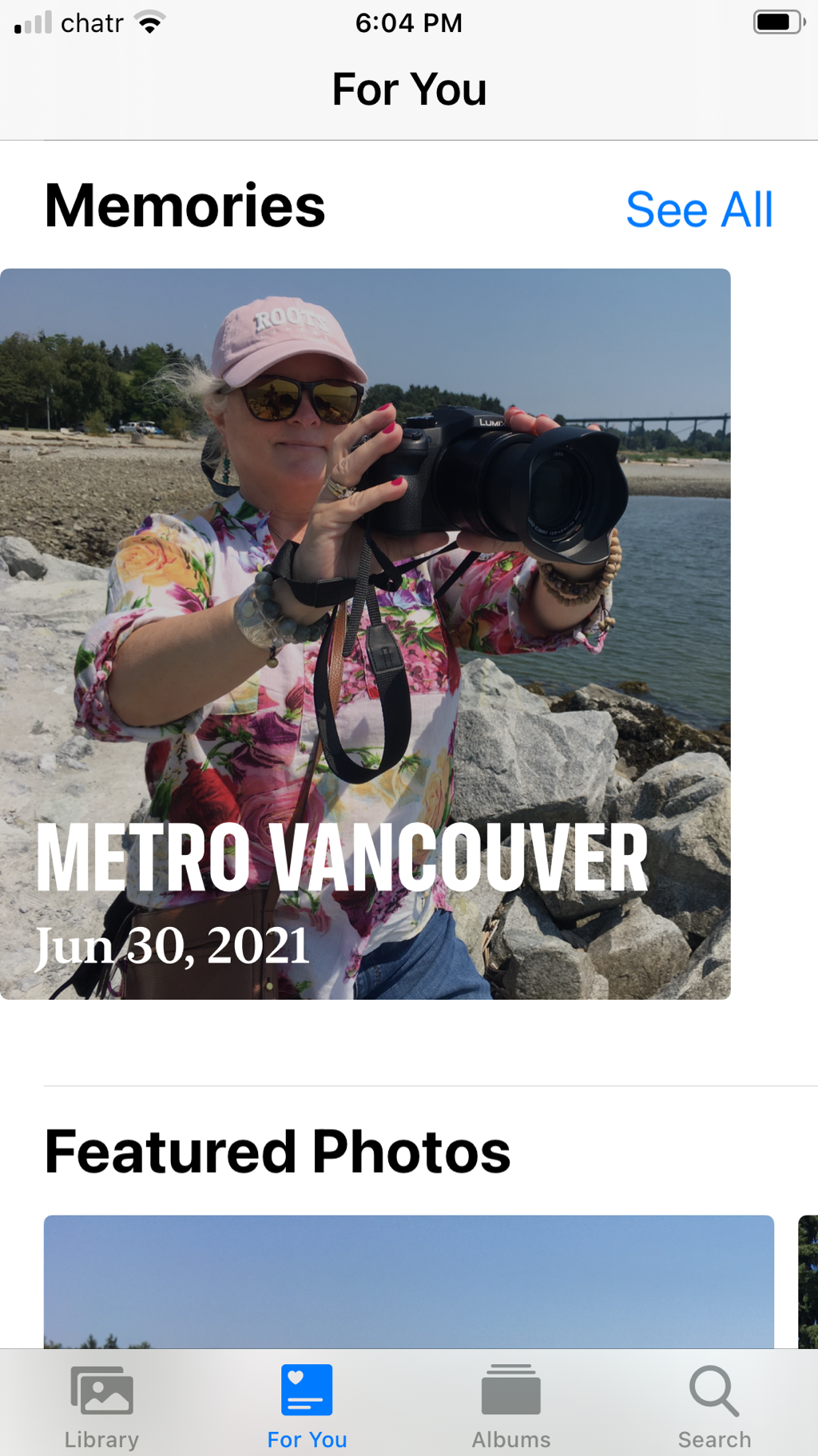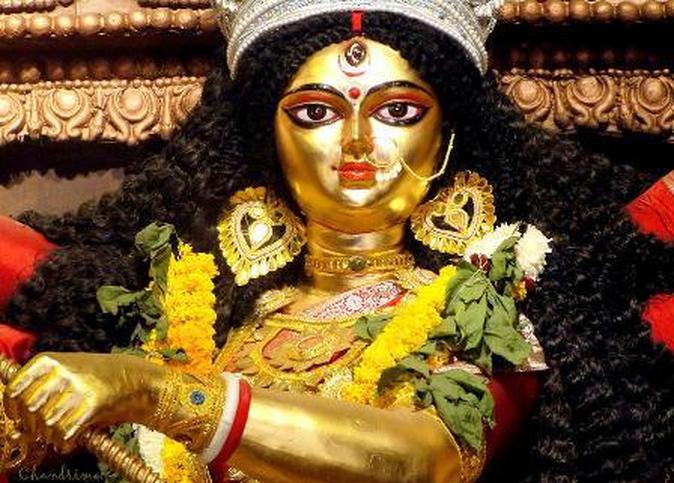
It is basic human tendency to turn our thoughts to our natural mother in times of crisis. Humans sometimes face larger than life crises on both a personal and planetary level. Mother Durga is the divine Female force of compassion and courage that aids us to confront any predicament that threatens our well-being. This is why after the demon has finally been defeated and the gods gathered to celebrate, Mother Durga promises to return whenever any of her children are in distress. She knows that we need Her love.
The symbolism in the Devi Mahatmya is that the Grace of Goddess is unconditional and will never be withheld from anyone, whether it is the ego demon or egoistic human. She shows Her fierce love toward self and others to restore harmony within and around us. Her divine love conquers all. Then again one is to have the faith, belief and devotion to invoke Mother Durga. It is She that keeps reminding of our true nature, that is Bliss.
Mother Durga is the wisdom of the heart which is untainted by cultural, religious and societal conditioning. The symbolism behind the buffalo demon is our ignorance, reactions and ego attachments. The constantly shifting appearance of the demon speaks to our irrational behavior and the need to pin down the destructive causes of our negative emotions: anger, jealousy, pride, greed and delusion. The demon keeps changing its shape to represent the grasping ignorant mind that continuously hops from one desire to another. The demon's uncontrollable rage, destroying everything in its path without regard for the consequences, is happening so much around us.
An analogy can be seen in the violence that has befallen the human race. When individual or societal desires are not met with satisfying results, the result is krodha or anger. Durga’s legends provoke us to consider how we choose to express our anger. One can use krodha or rage against injustice in constructive ways. We can also fall into error of being divisive, fearful and blaming. This attitude poisons both the defaulting human and also the environment.
Mother is there at times of need in her fiercely compassionate divine feminine nature. She helps to free us from the afflicted ego. She provokes us to return to the penetrating wisdom of Her divine love. Human life both at the individual and global level has become quite complicated. That is the choice that man has made. Mother Goddess Durga may not be this century’s solution for all the problems that man has invented for himself. Notwithstanding, Mother Durga is the impenetrable place of calm. She resides within our hearts. One, therefore has a choice of promoting love, harmony and unity as opposed to selfish or hypocritical deeds.
by Yogi Ananda Saraswathi
================================================================================
SUPREME MOTHER DEVI.
There are innumerable sources such as Puranas and folklore explaining the attributes of Mother but the most authoritative text would be that of Devi Mahatmyam. It is part of the Markandeya Purana (refer to previous postings). Devi Mahatmyam is also known as Durga Saptashati or Chandi Patta.
The text contains seven hundred verses arranged in thirteen chapters considered to be the blood-line of Shaktism or Mother Goddess worship. The text relates about the battle of the Goddess Durga and Mahisasura, where She emerges victorious.
Devi Mahatmyam is considered to be a meritorious effort to unify the Vedic male pantheon within the pre-existing Goddess cult. Mothers Brahmi, Maheswari, Kaumari, Vaishnavi, Varahi, Indrani and Chamunda are Mother Devi’s manifestations. Their legends are read as part of Navarathri celebrations. Lord Shiva is mentioned in the Mahatmyam texts but the Goddess bears no speacial relationship as the text avoids charachterization Mother’s form as consort.
Indeed Mothers Durga and Kali stand independent in the Hindu pantheon without their consorts and in some cases far superior. This can be seen in Tantric and Puranic texts such as Katyayani Tantra, Gataka Tantra, Krodha Tantra, Meru Tantram, Marisa Kalpam, Rudra Yamala and Chidambara Rahasya. The notable commentaries are Santhavani, Puspanjali, Ramashrami, Nagesi, Dhamsoddharam, Guptavati and Durgapradeepam.
The four hymns in the Devi Mahatmya are: Brahma stuti or Tantrik Ratri Suktam, Sakradi-stuti, the Ya Devi hymn and Narayana stuti. Mahatmyam accepts the ancient Vedic tradition in the form of Vak and Trayi Vidya. Vak is vedic language. Trayi vidya refers to the threefold knowledge from Rig, Yajur and Sama Veda. It is also the Knowledge of the Fire Priest, the collection of hymns and incantations.
POSTURE: She is normally shown in a standing posture with the head of the buffalo engraved over the pedestal. There are other postures such as alidha, pratyalidha, tribhanga or dvibhanga style. In the tribhahga posture, she is depicted as engaged in killing the buffalo demon. This is the combat style. In the dvibhaga style she appears as the saumyamurti. In the alidha posture, the right knee is thrown to the front, the leg is retracted and the left leg is diagonally stretched behind. Mother has up to a thousand arms.
VAHANA: She is also shown seated on a lion and at other times over the head of Mahisa demon. The lion not only act as her mount but also functions as a forceful associate. Sometimes Mother is seen sitting on its back and at other times the right foot is placed on its back. Art depictions occasionally show the lion engaged with the demon.
ATTRIBUTES: Mother Devi Mahatmyam is seen holding different types of attributes in her several hands. These are the chakra, bow and arrow, sula, vajra, goad, bell, conch, club, dagger, trident, battle axe, sword, snake, danda, noose, shield cup, damaru, mirror, plough and vajra.
CROWN: The goddess is usually adorned with the crown of Kirita of Karanda and her body is embellished with ornaments. Her breasts are tied with a serpent and red bodice cover her breats and upper part of the body.
ORNAMENTS: Mother Goddess Durga is usually adorned with several elegant ornaments. They are Kangan, bracelet of beads; Kantha, a short necklace of beads with the central pendant and a looped chain; Biju, a row of beads over the upper arm; Keyura, armlet of a decorative design; Lambanam, a long necklace made of chains held at intervals by flat bands; Valaya, wrist band; Sankala, anklet of thick chain; Atkana, beaded necklace worn over the left shoulder and right arm; Kundala, ring type ear ring; Karnika, earing of trimplet shape; Nupura, anklet with rings of elaborate design; Kara made of several twisted wires worn on the anklet; Hara, long pearl necklace; Sitara, a round ornament on the forehead; Mekhala, waist band with many more strings with clasp and decorative designs at the centre and Mudrika, finger ring.
MUDRAS: Both in sculptures and art, the hand of Devi Mahatmyam are depicted in different poses such as Abhaya Mudra, offering protection; Varada Mudra, bestowing the boon; China Mudra, questioning; Tarjani Mudra, warning; Vismaya Mudra, surprising and Kathihasta Mudra, hand resting over the hip.
Hara hara Mahadeva.
by Yogi Ananda Saraswathi
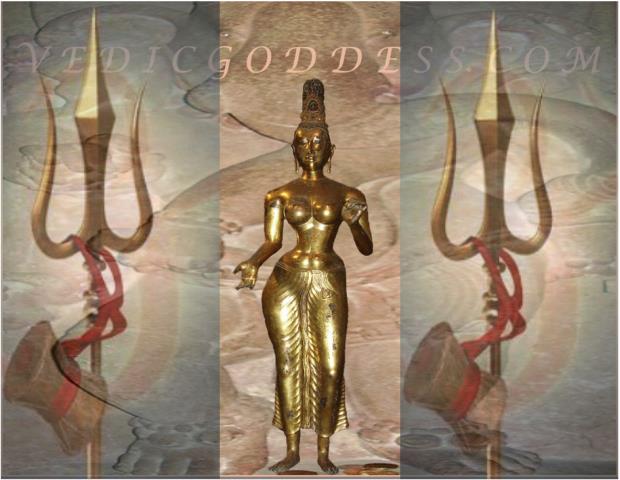
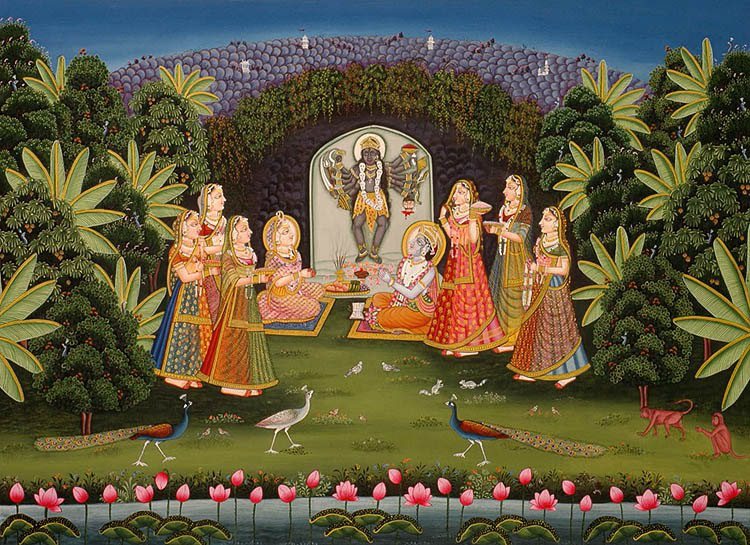
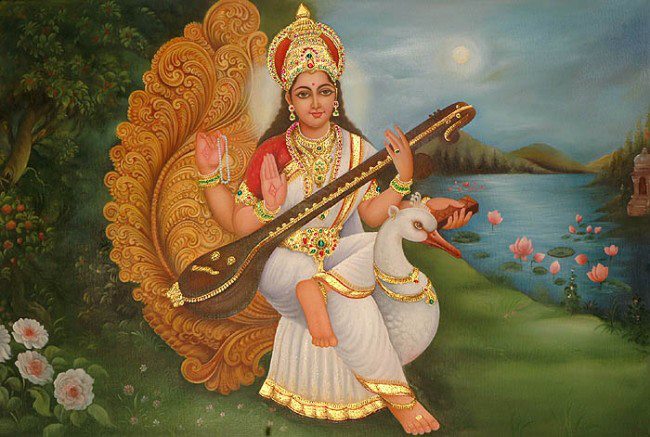
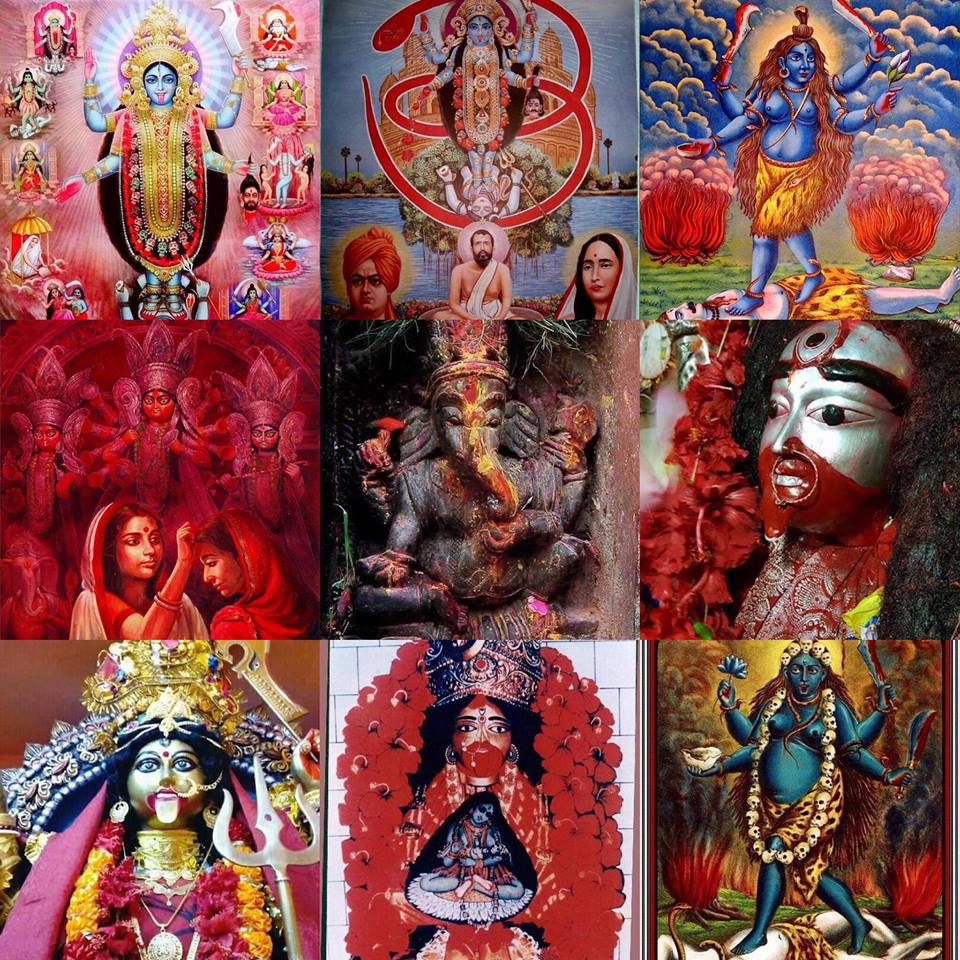
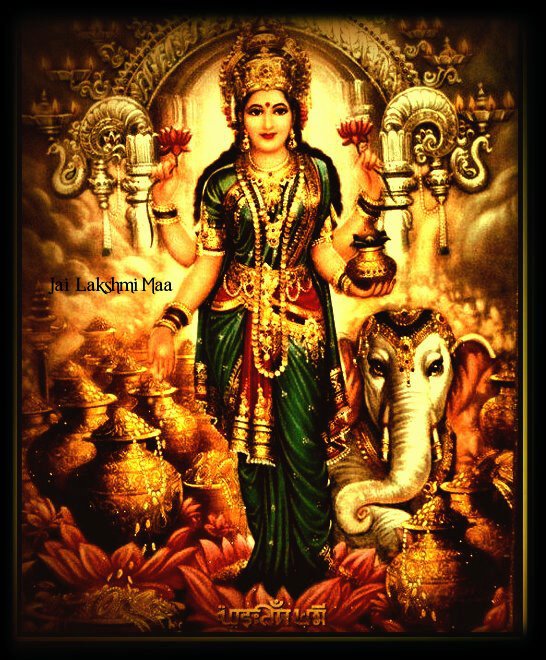
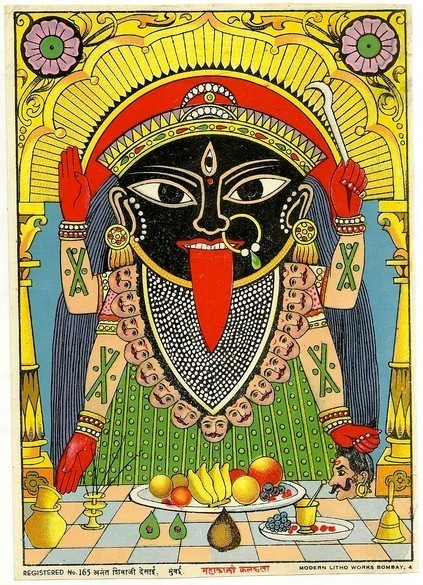
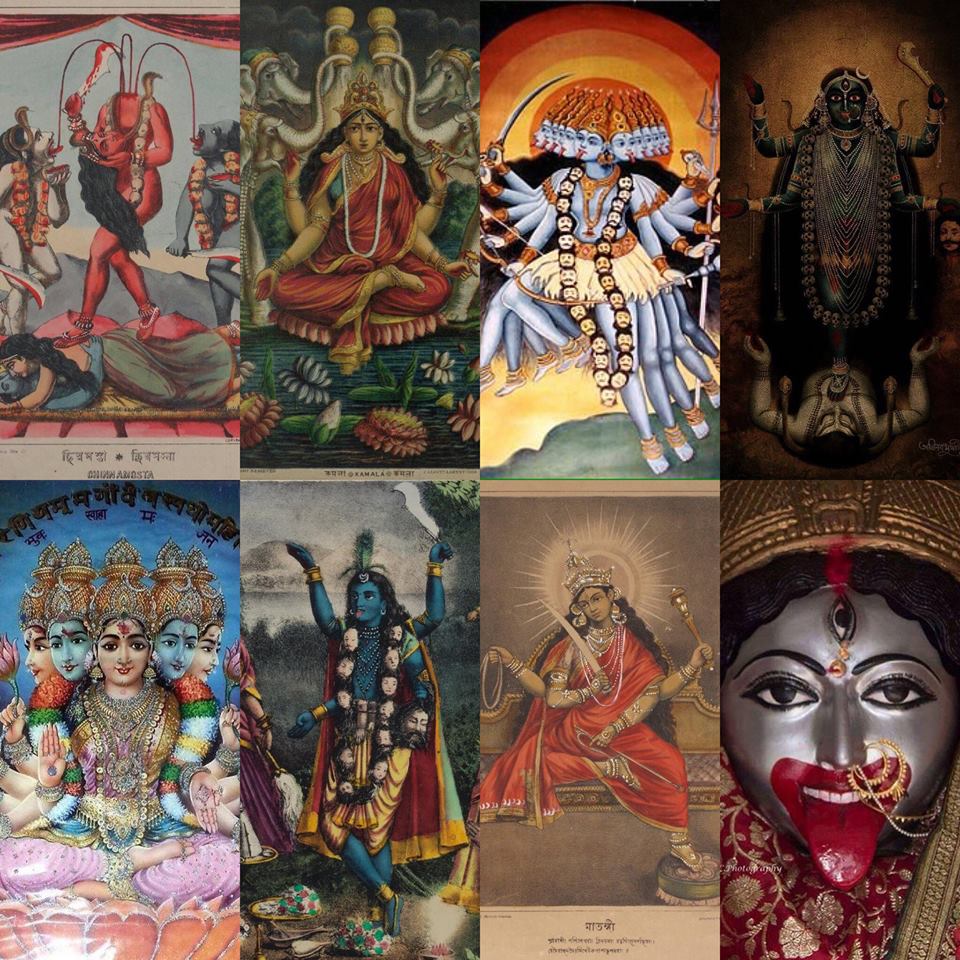
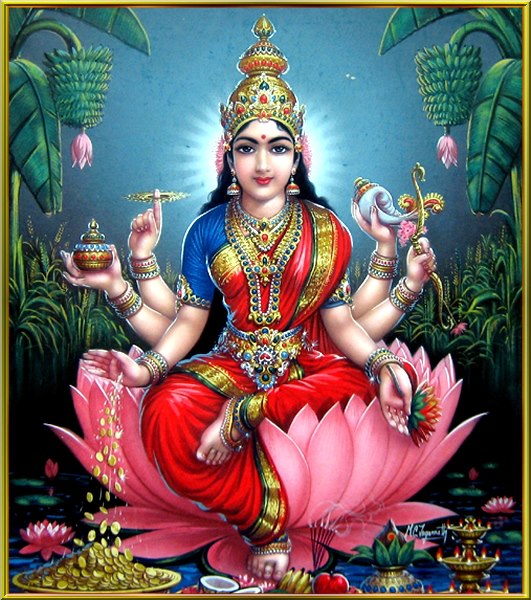
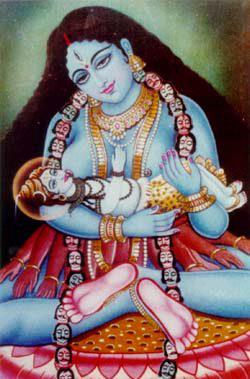
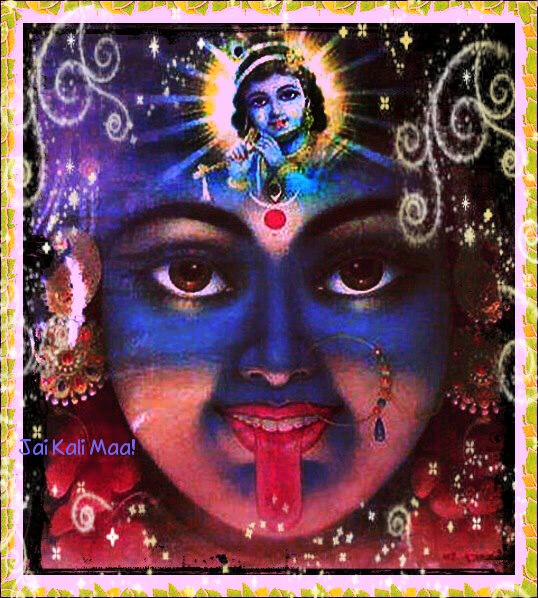
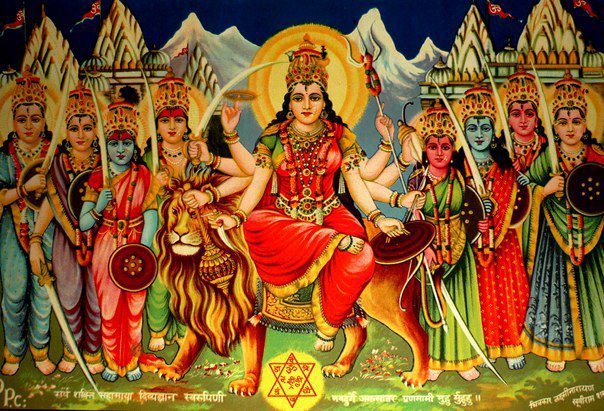
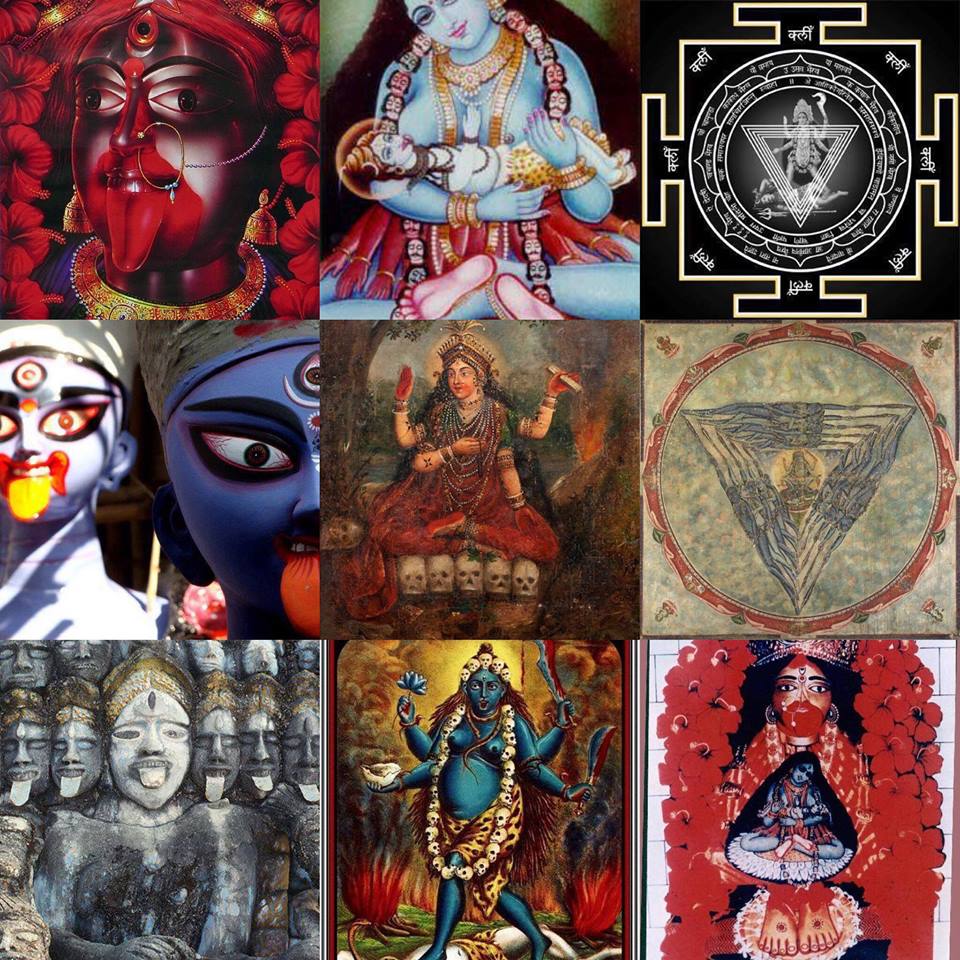
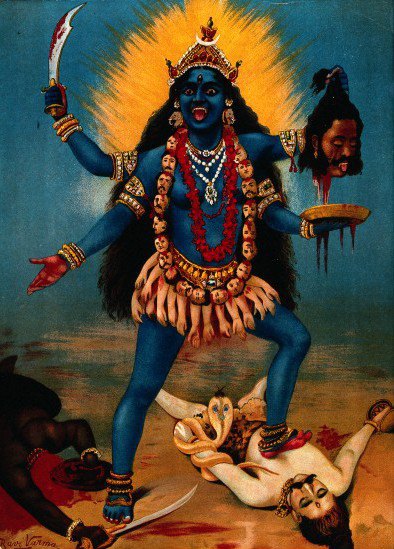
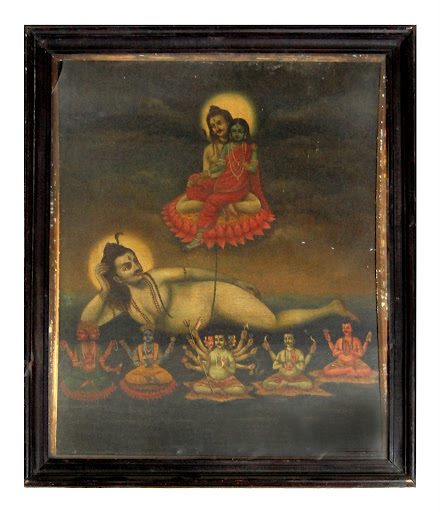
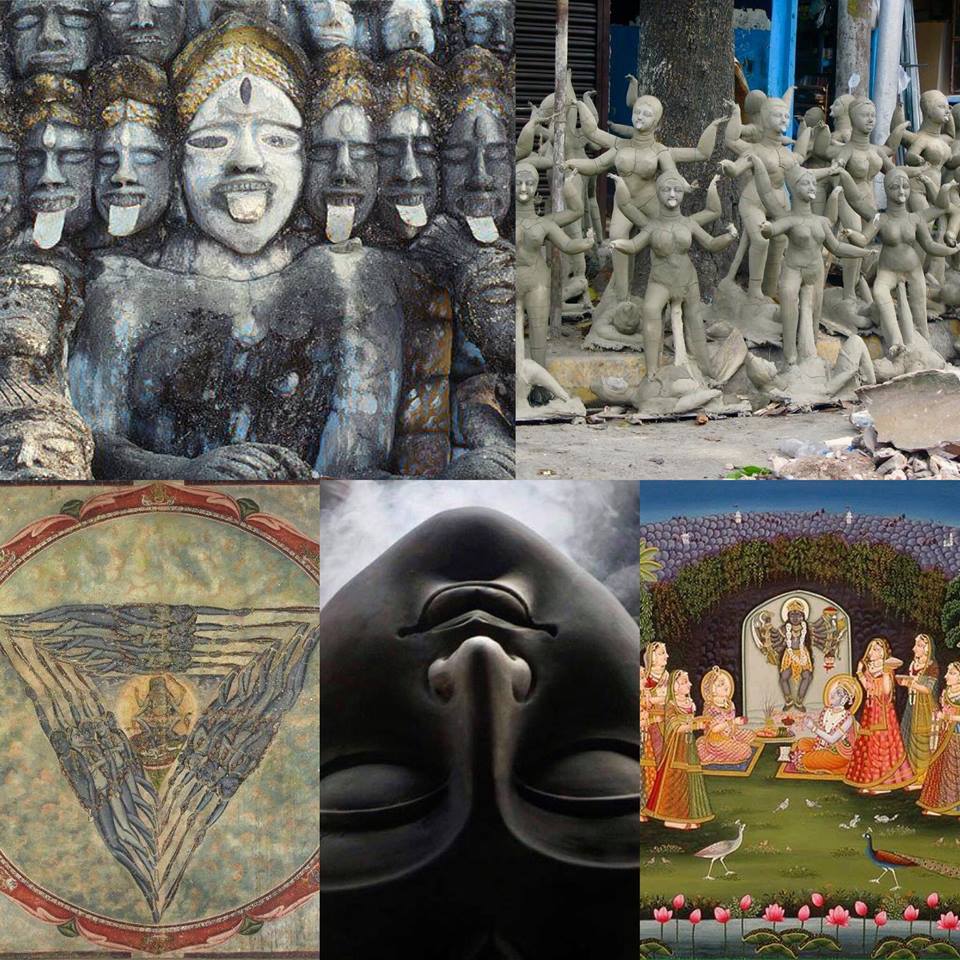
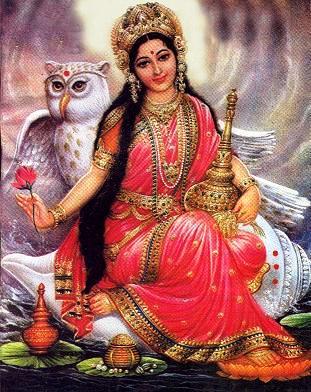
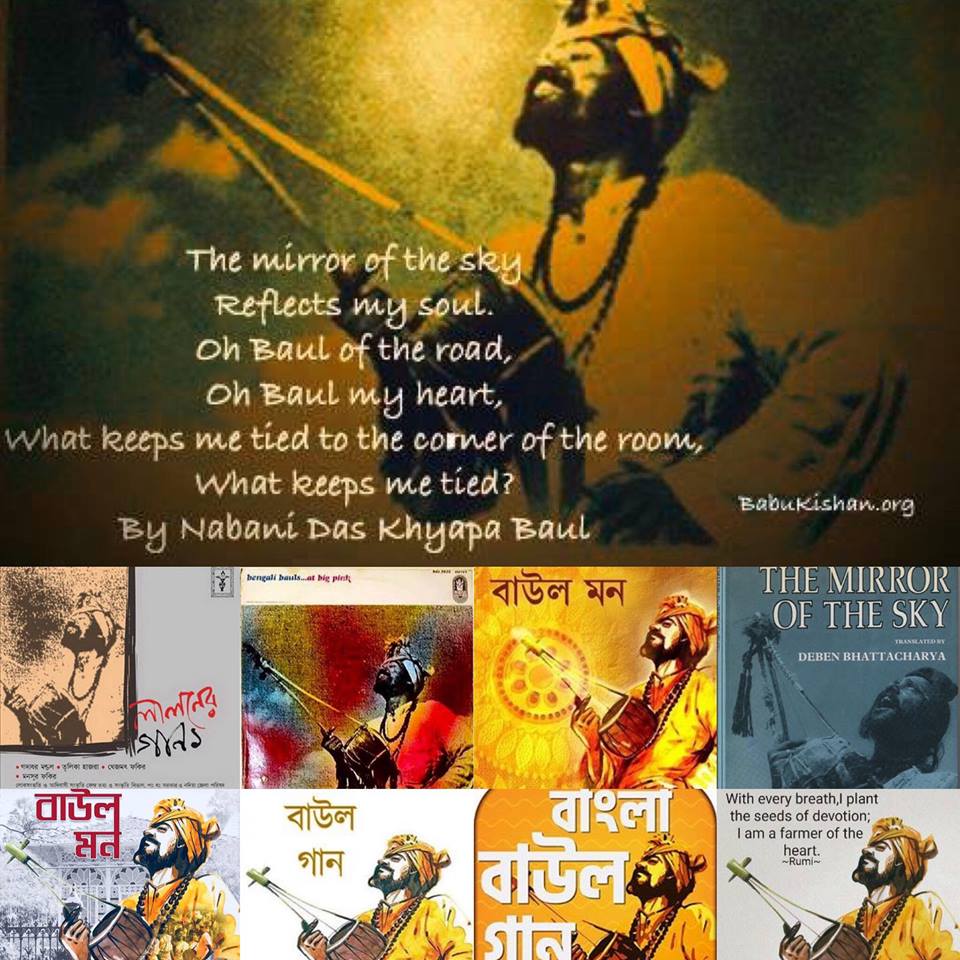
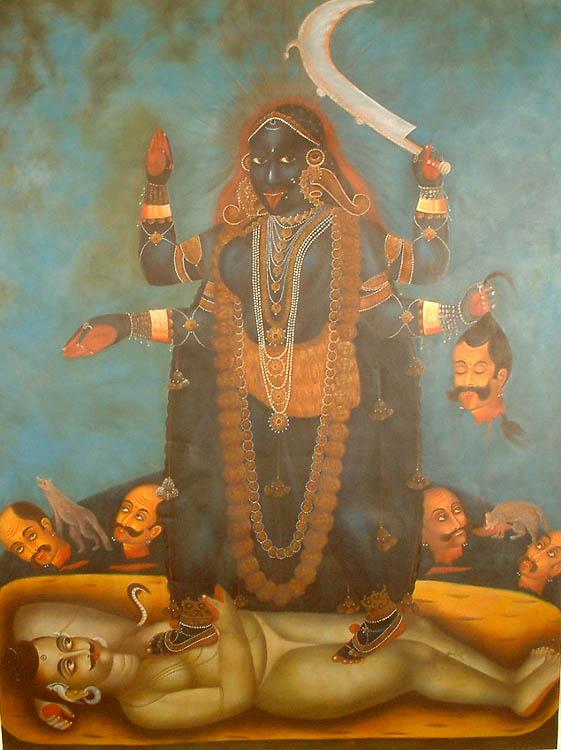
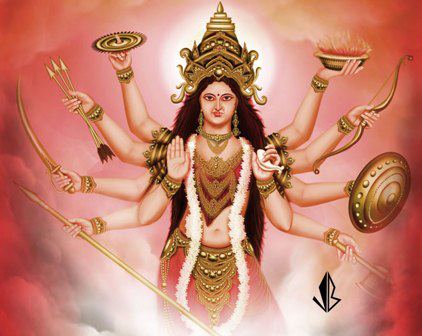
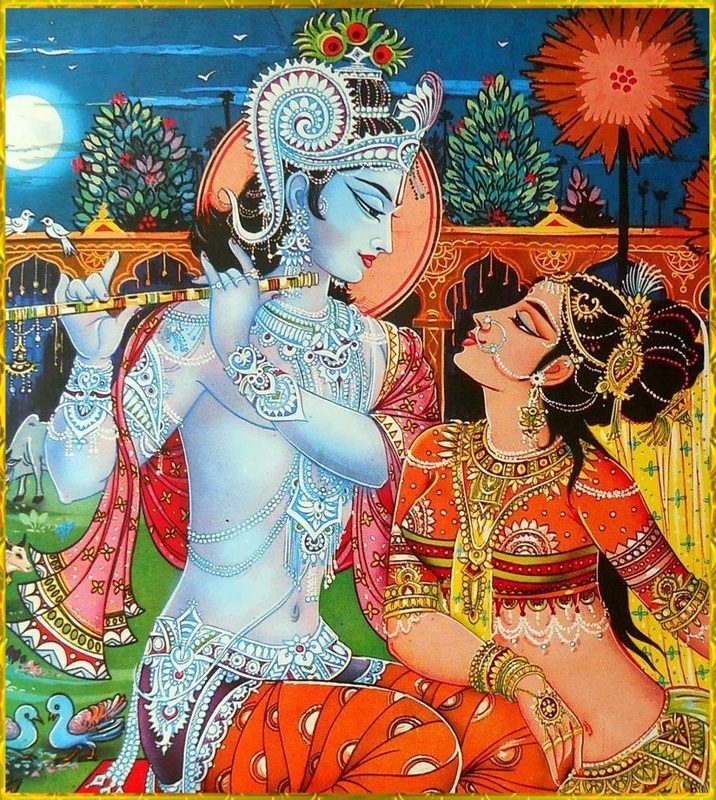
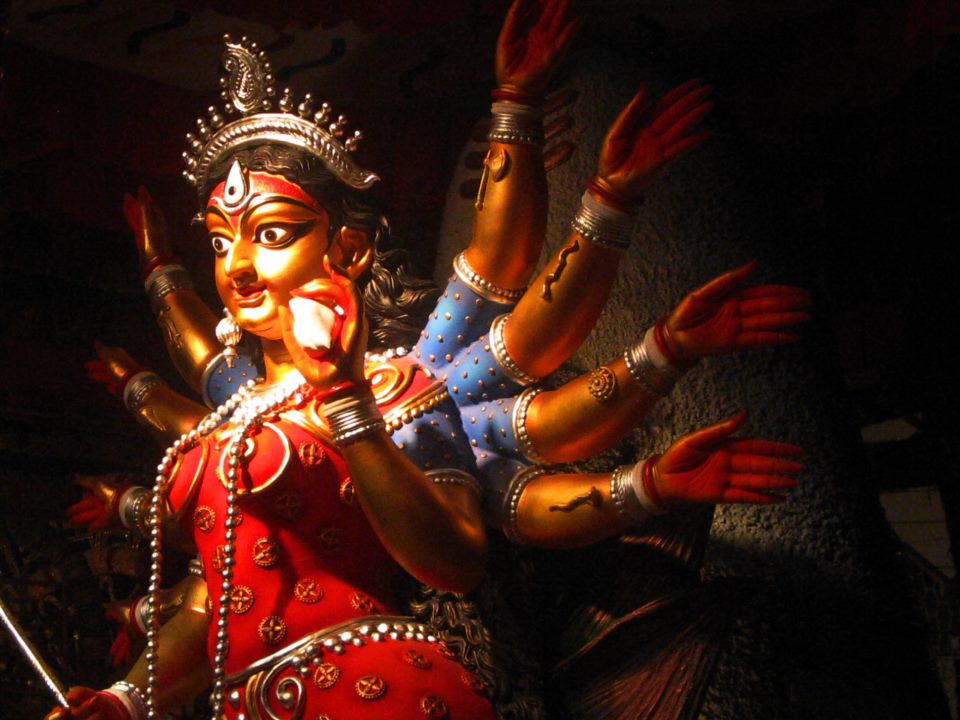

 RSS Feed
RSS Feed
